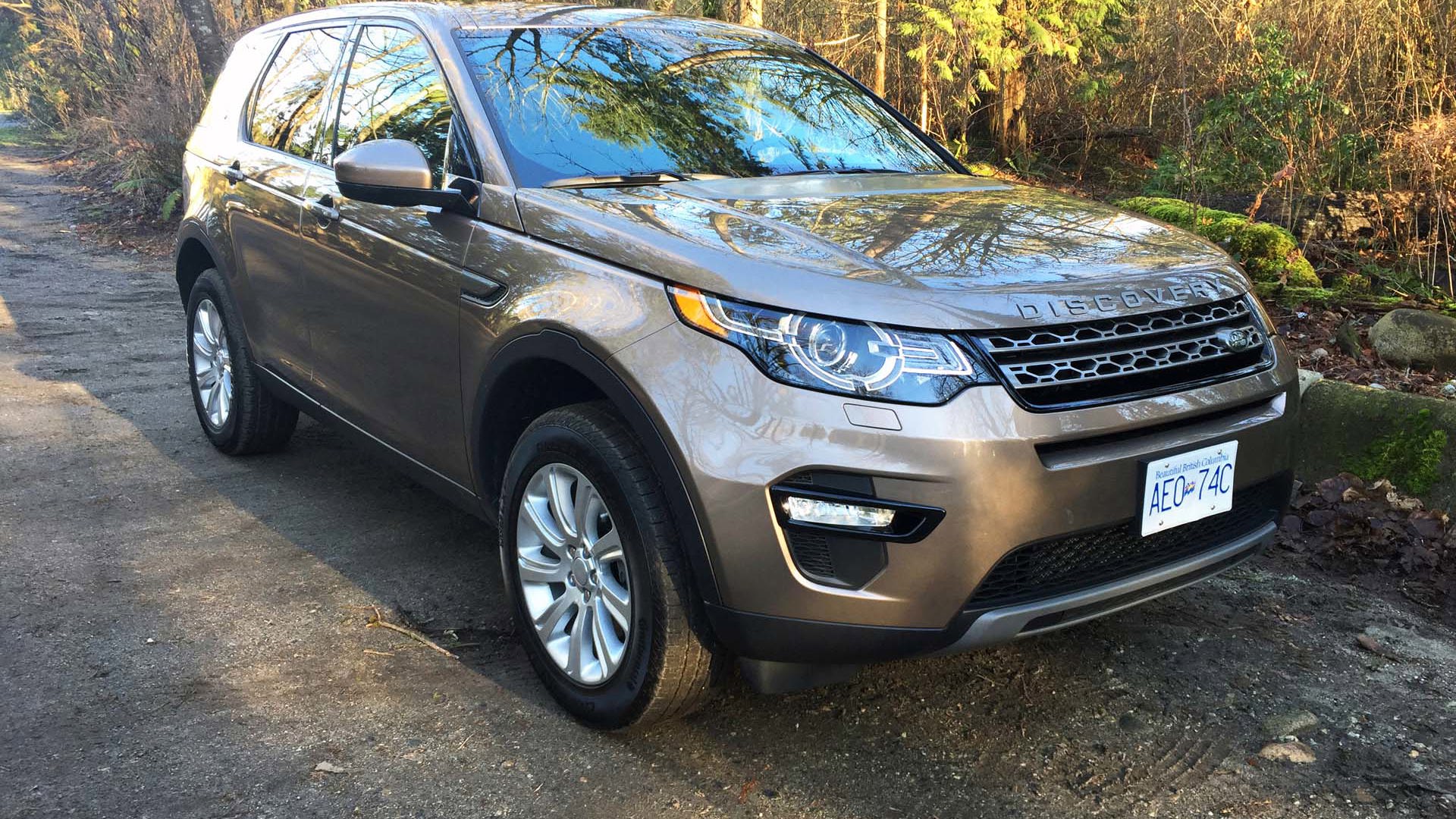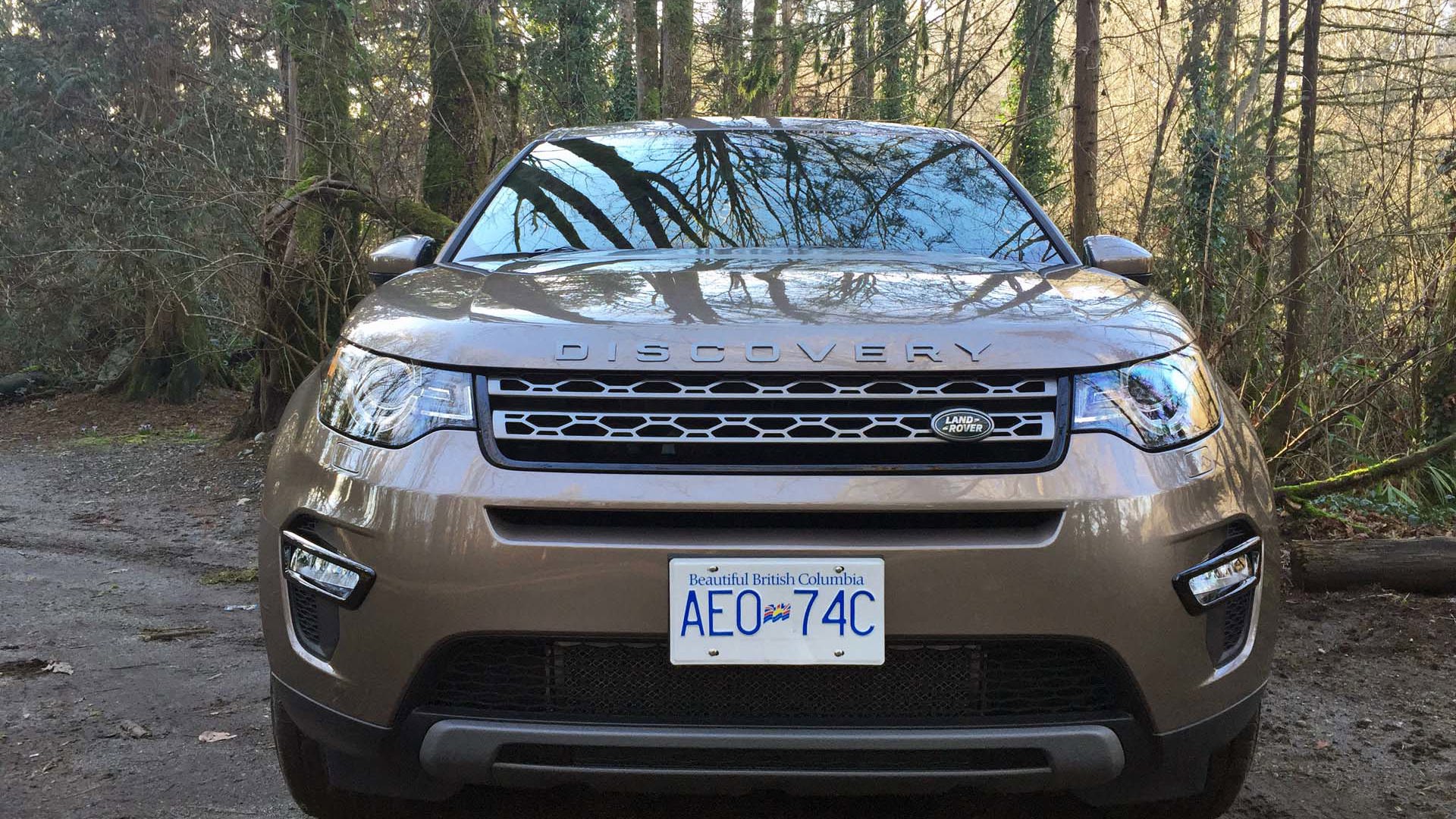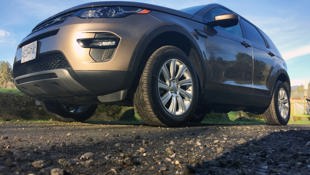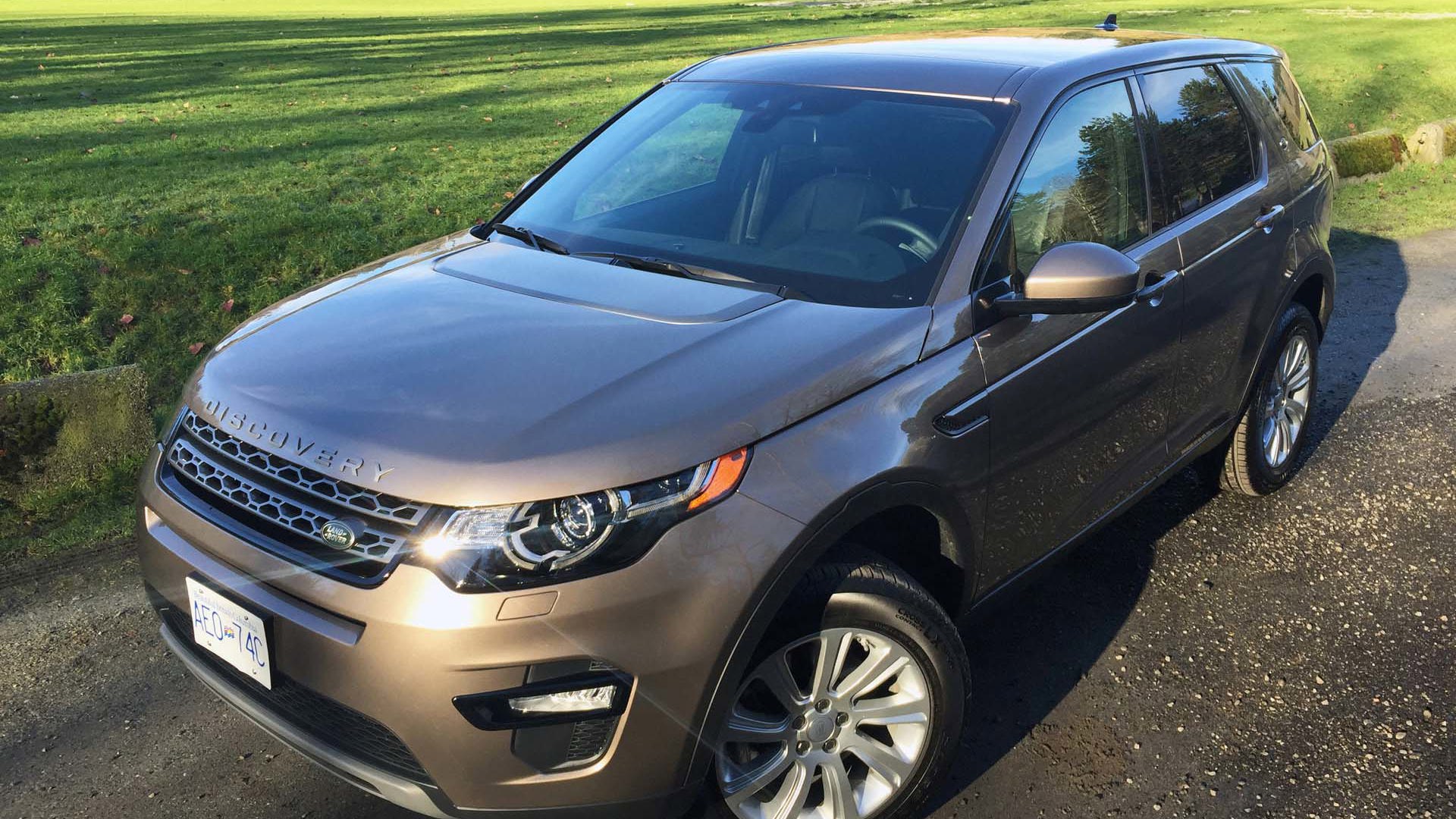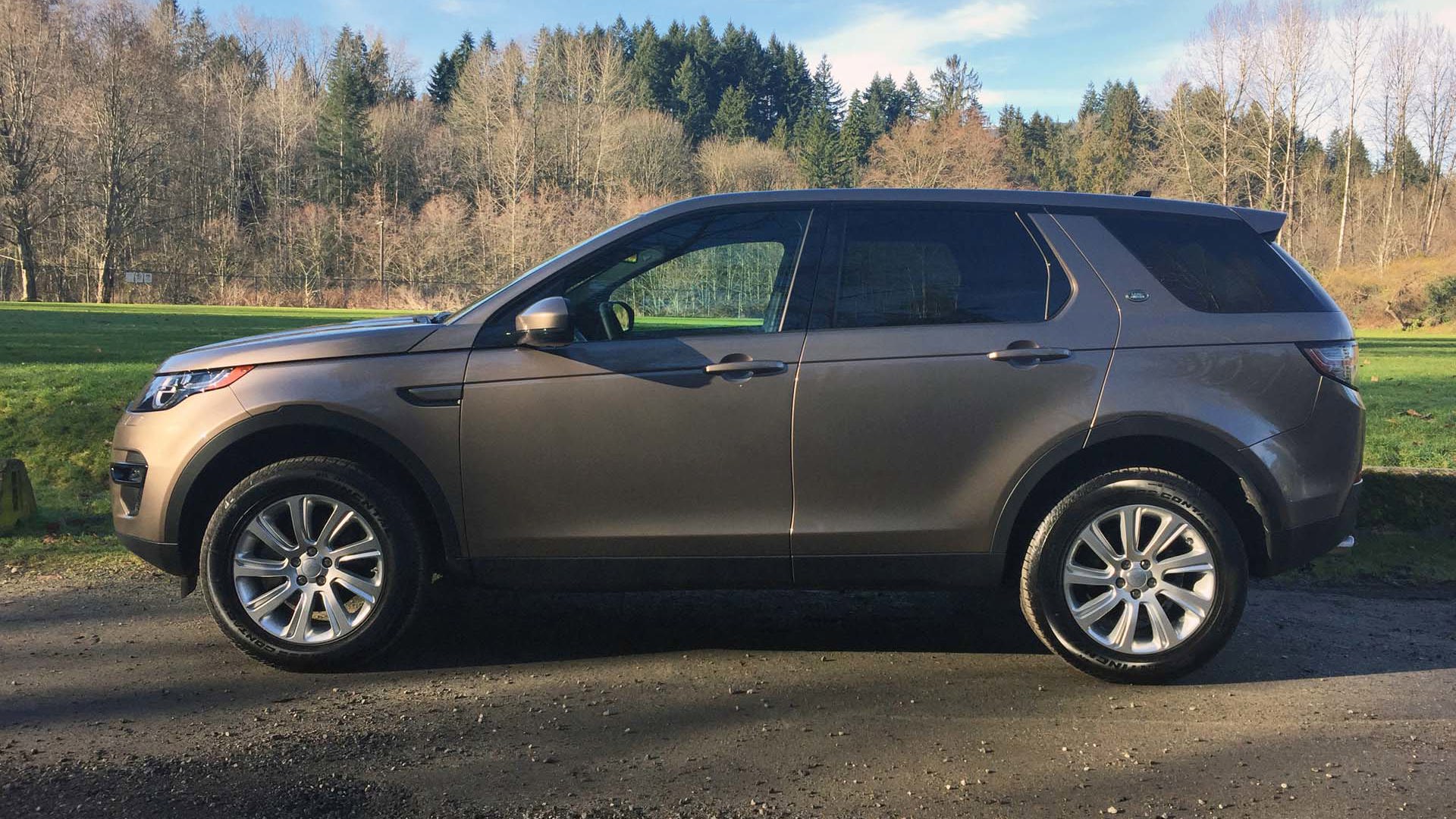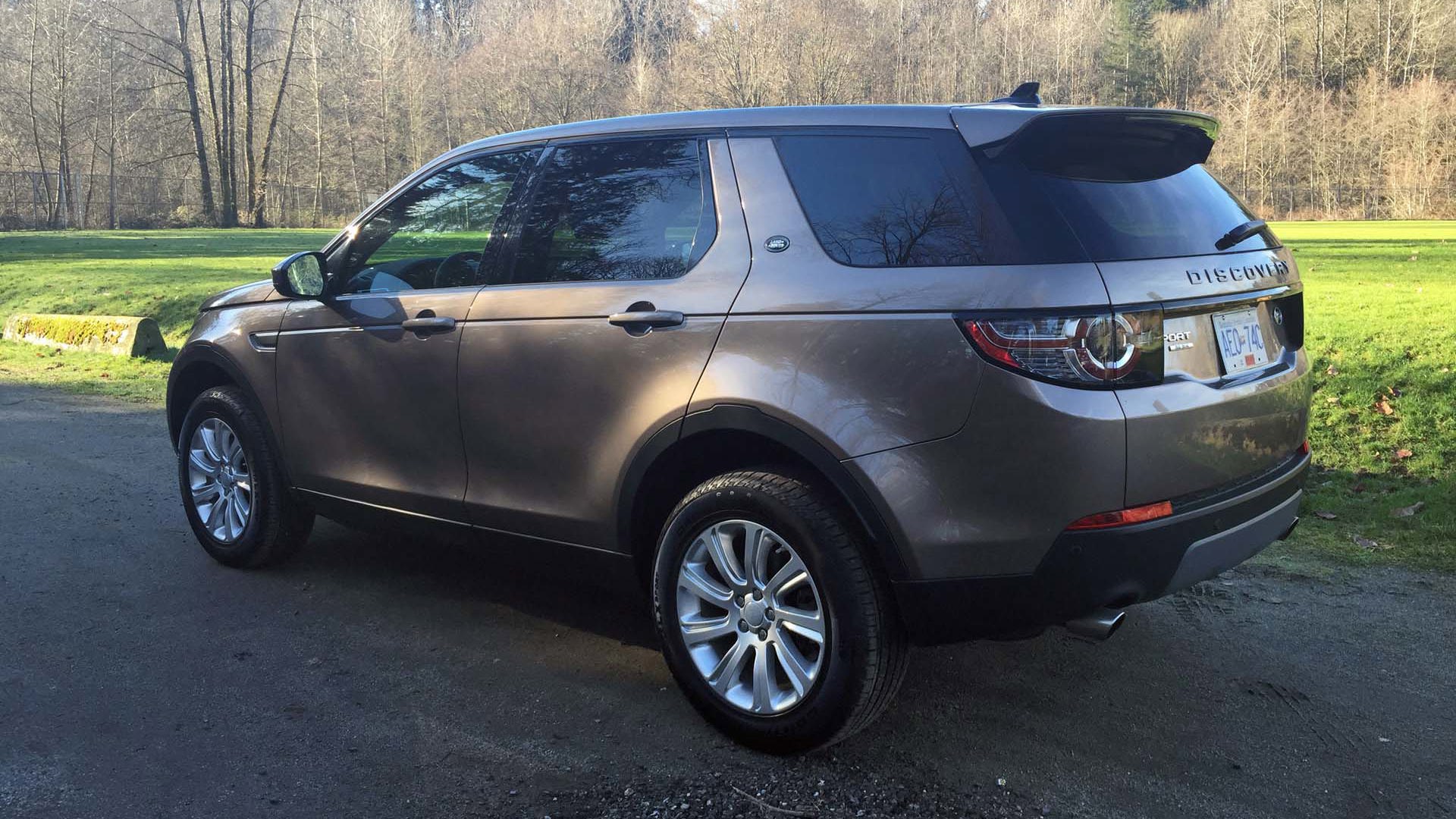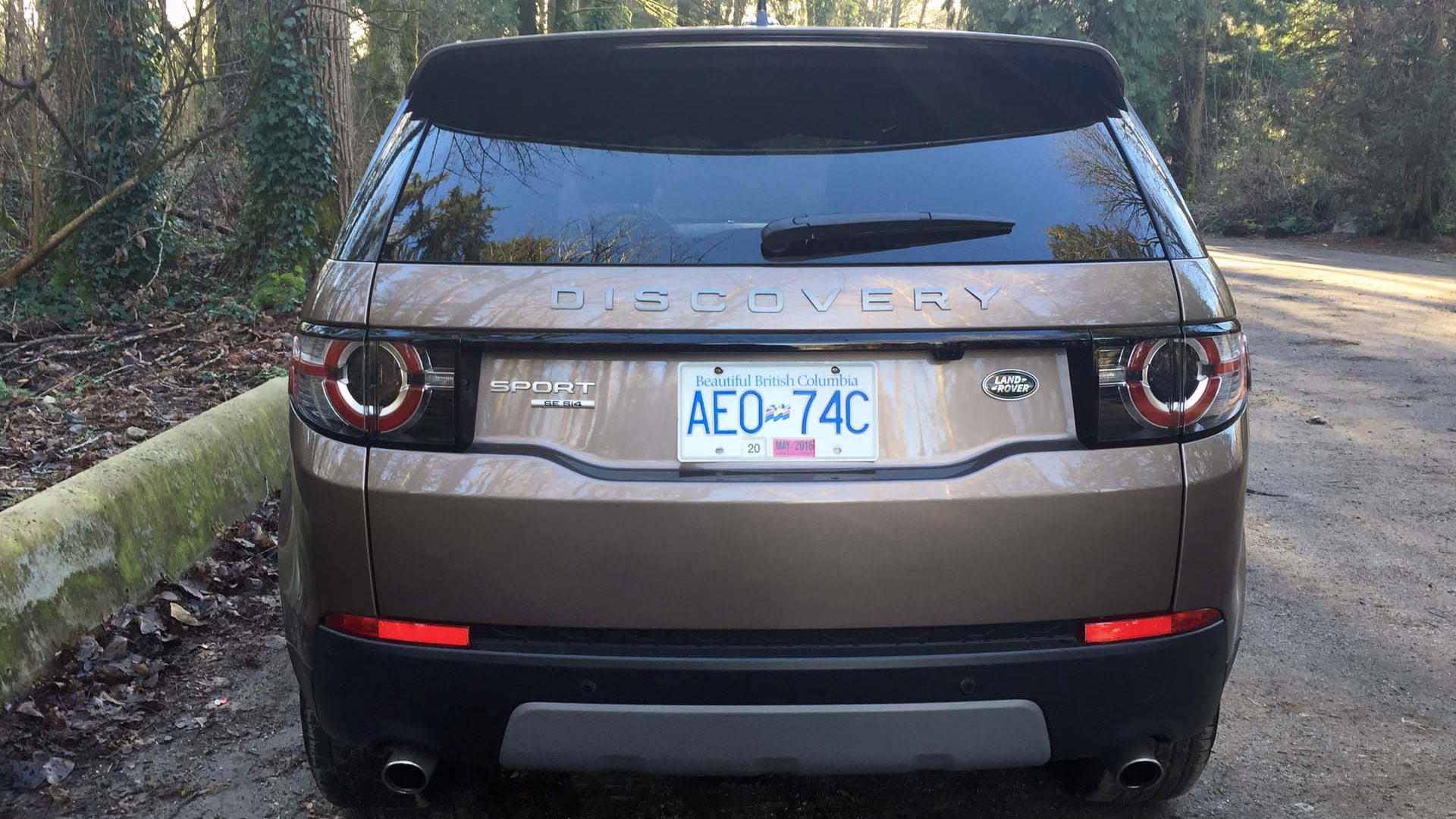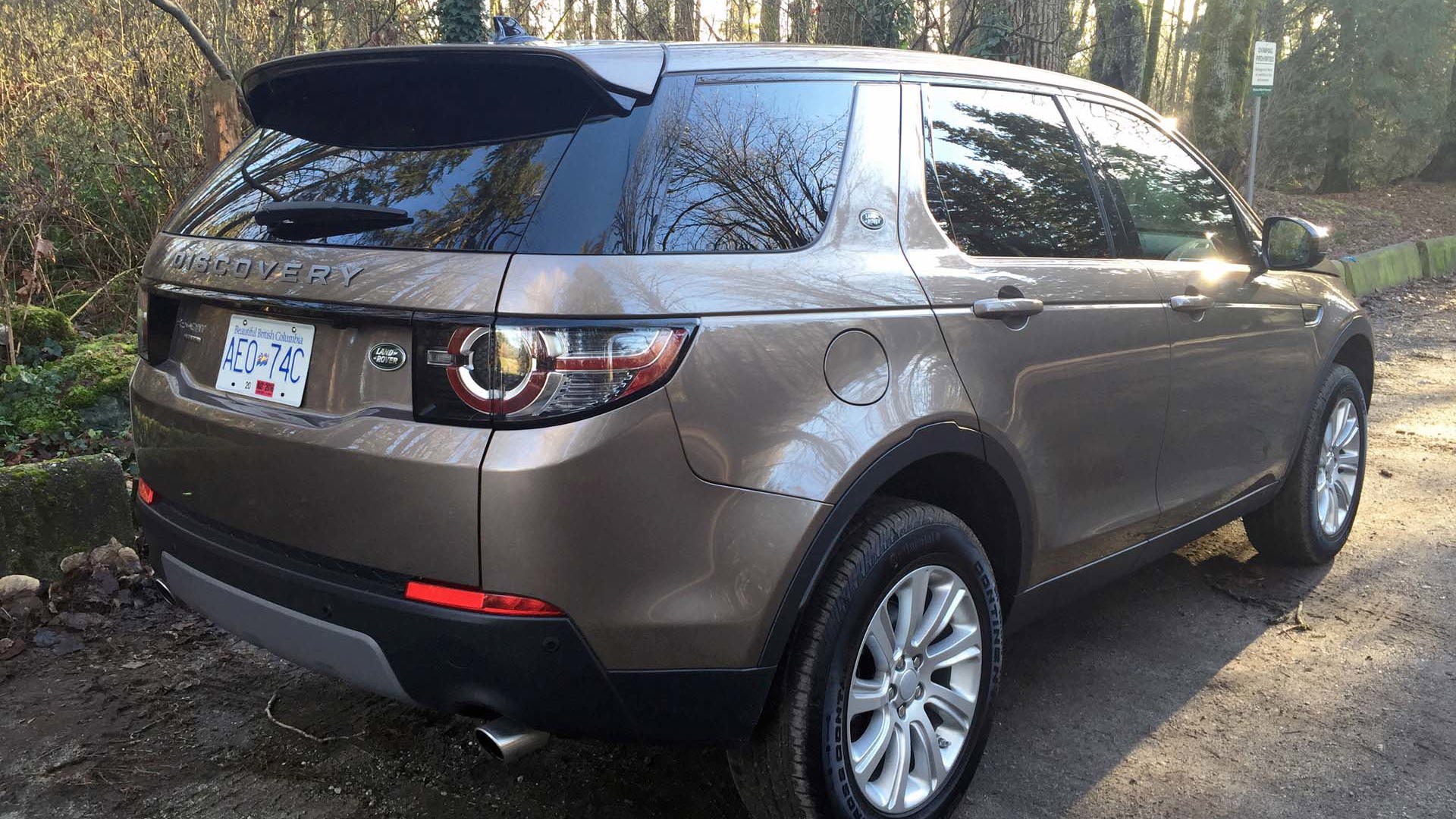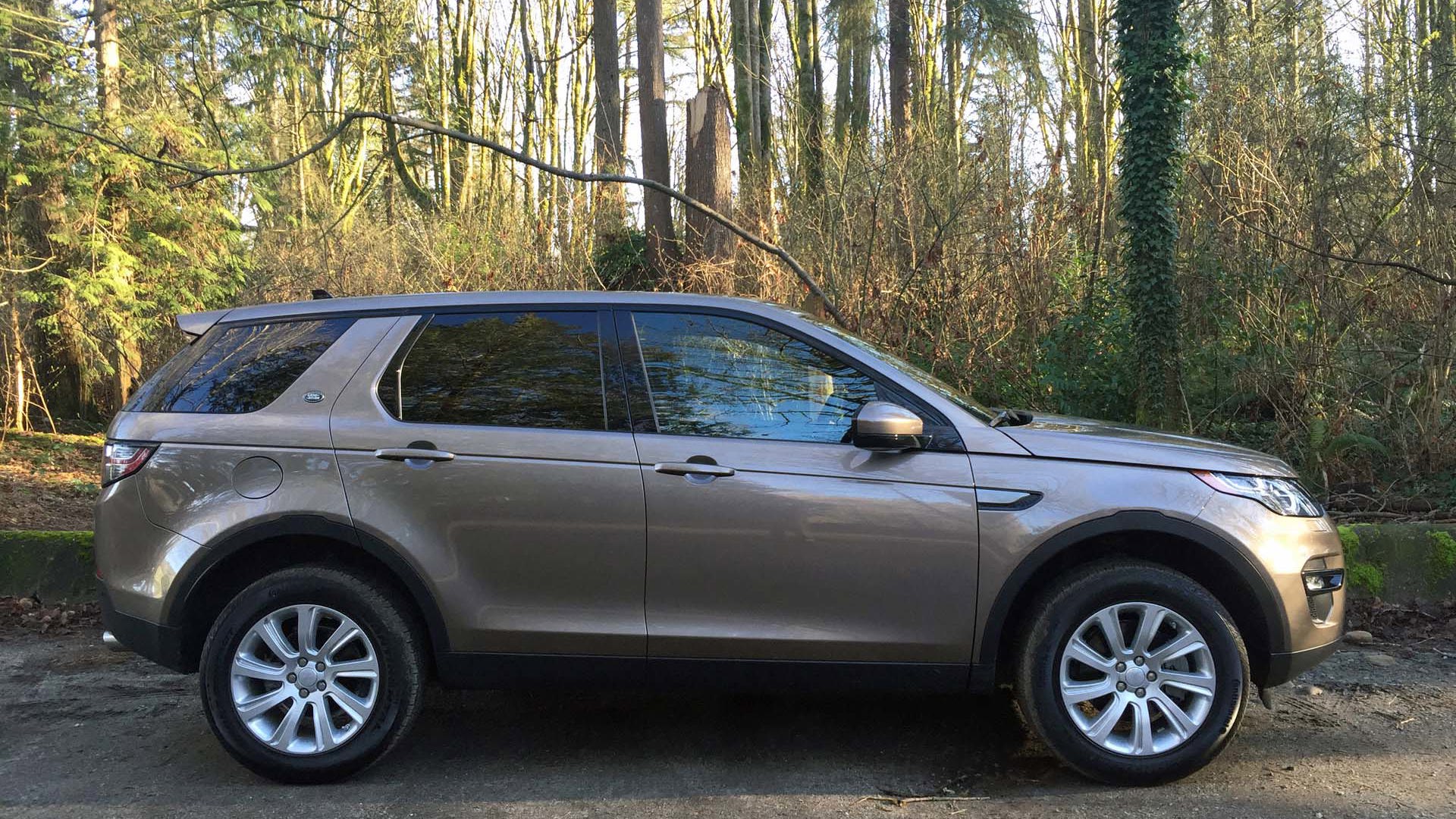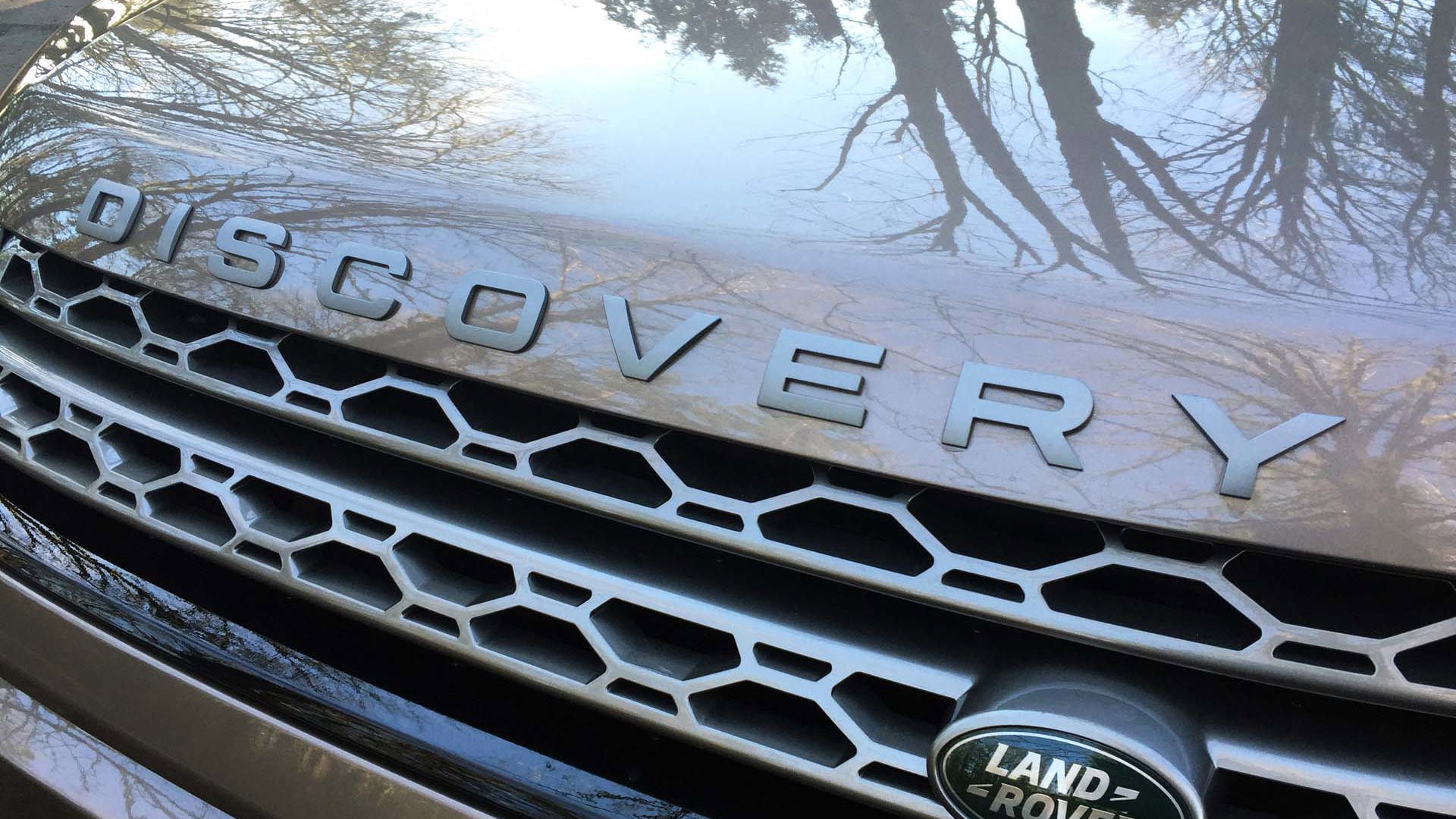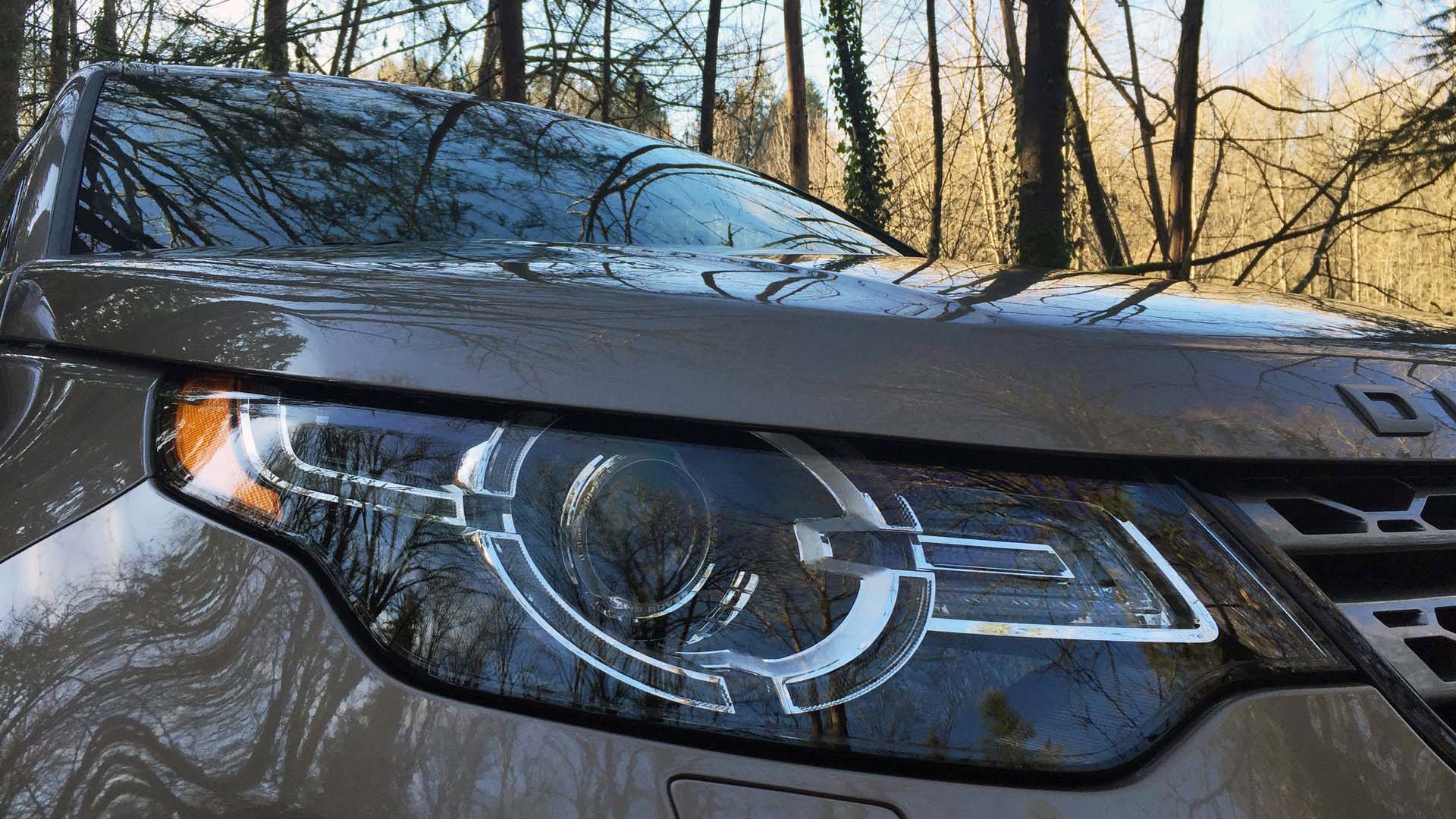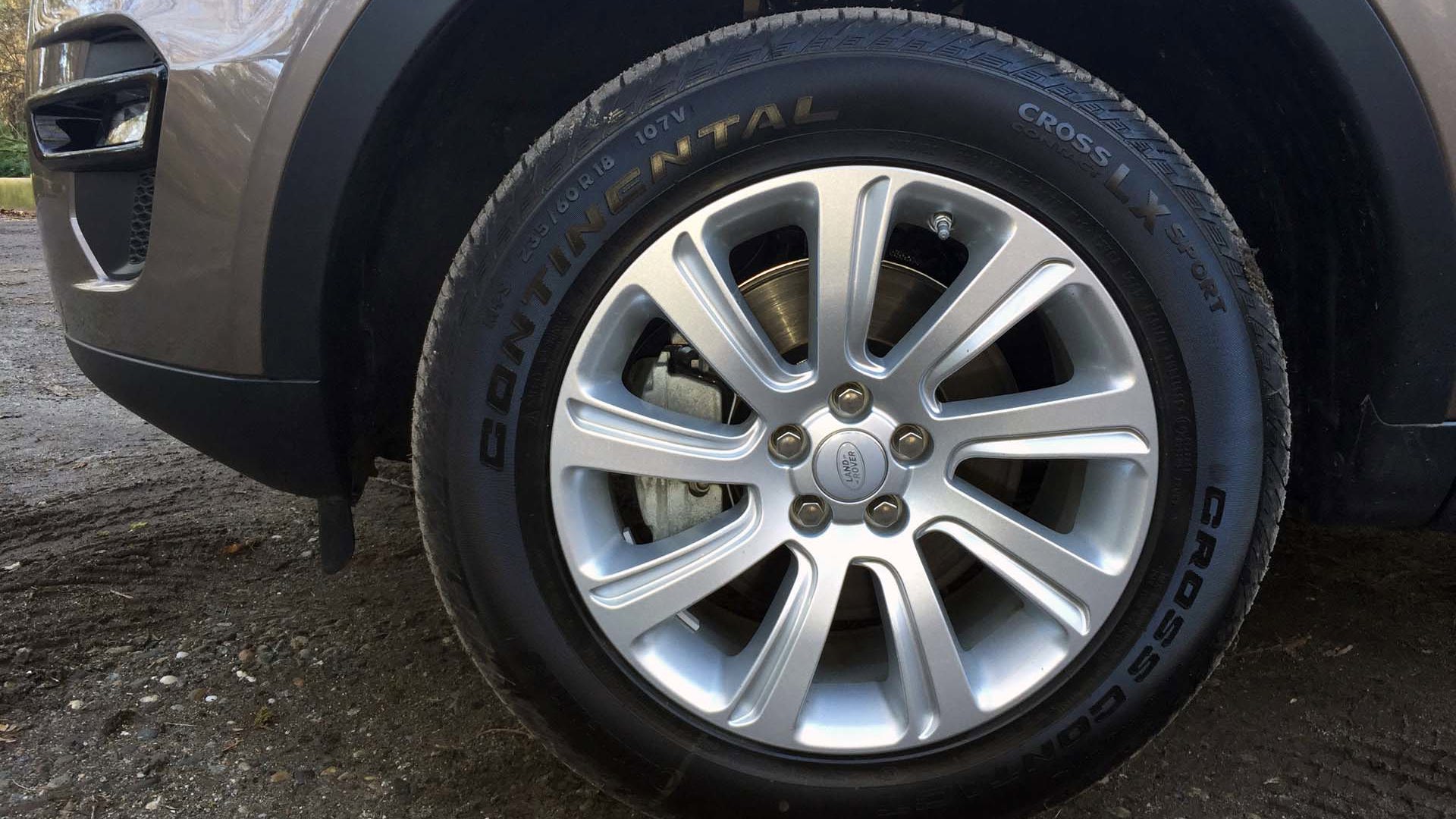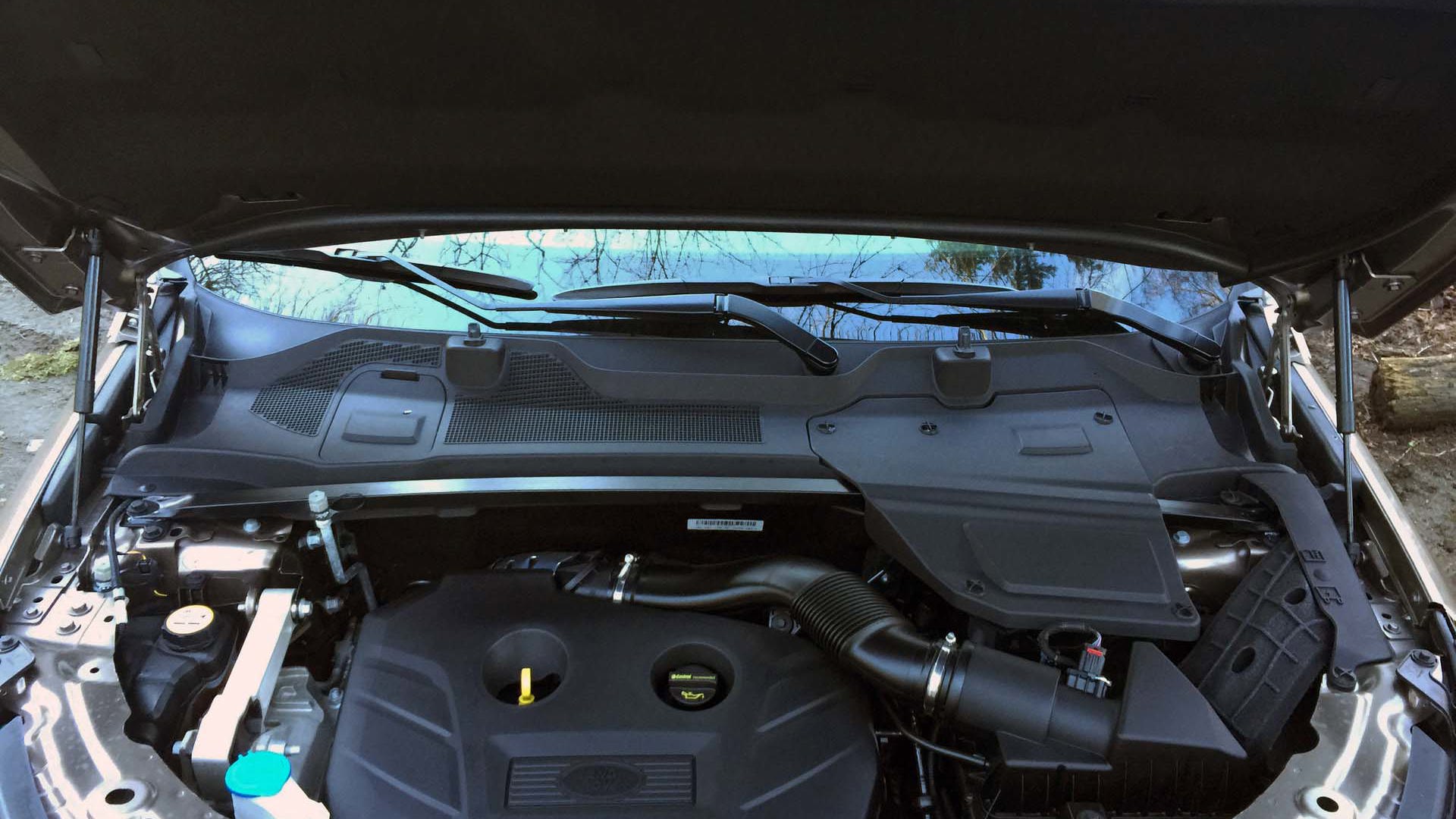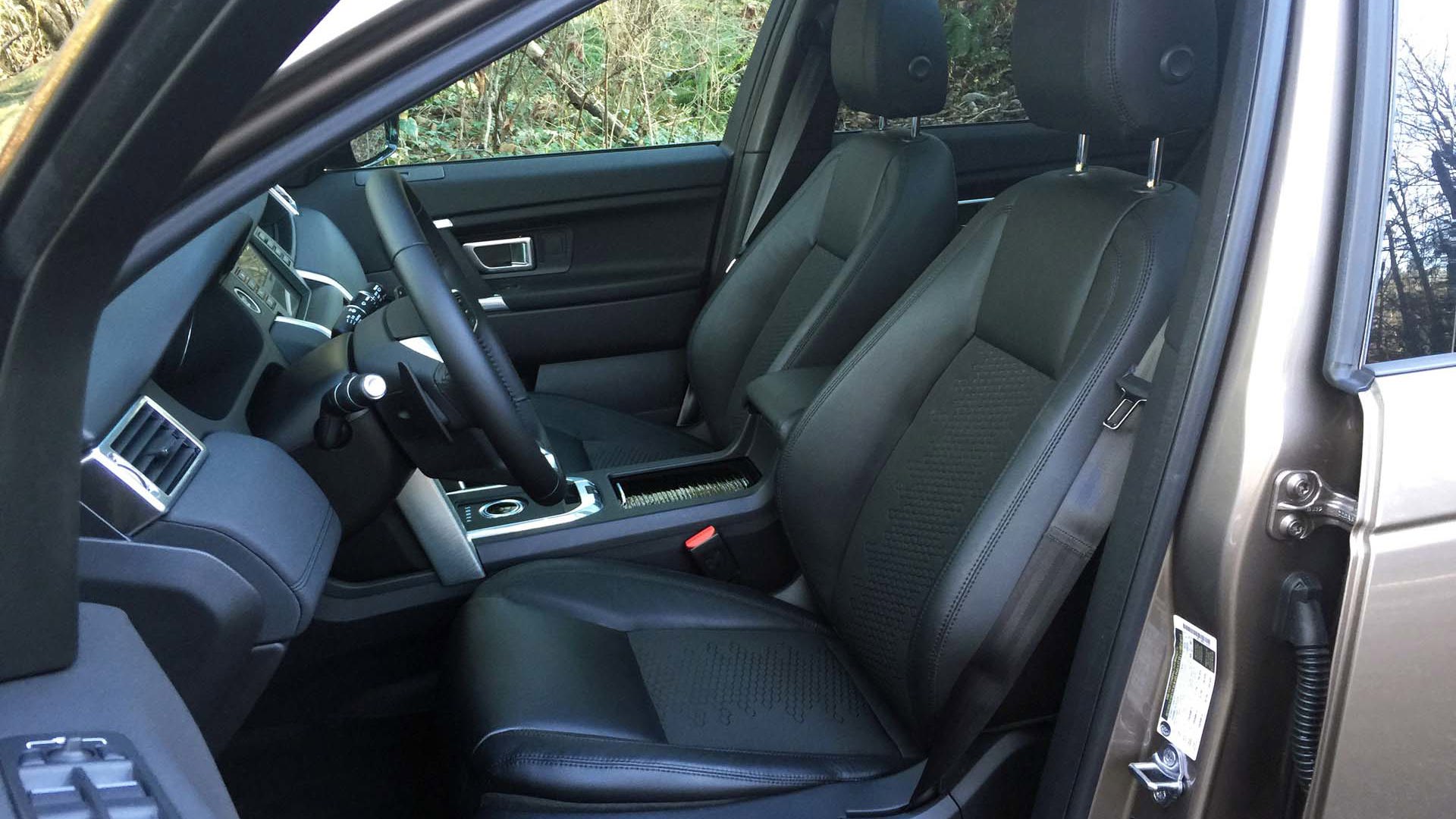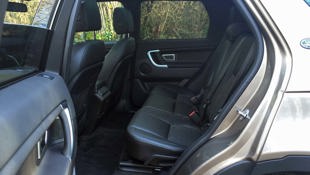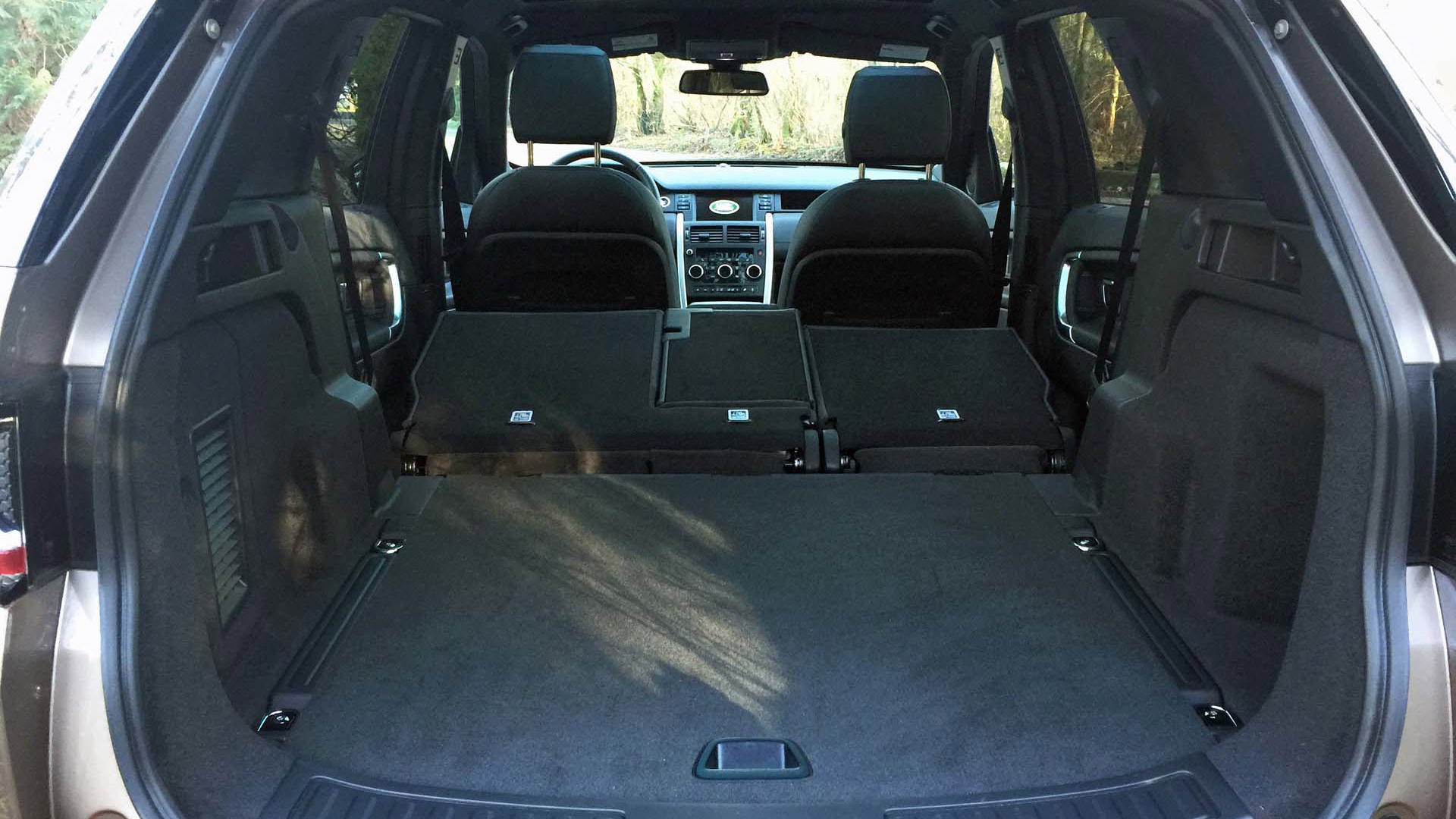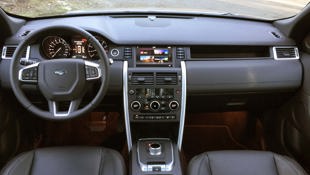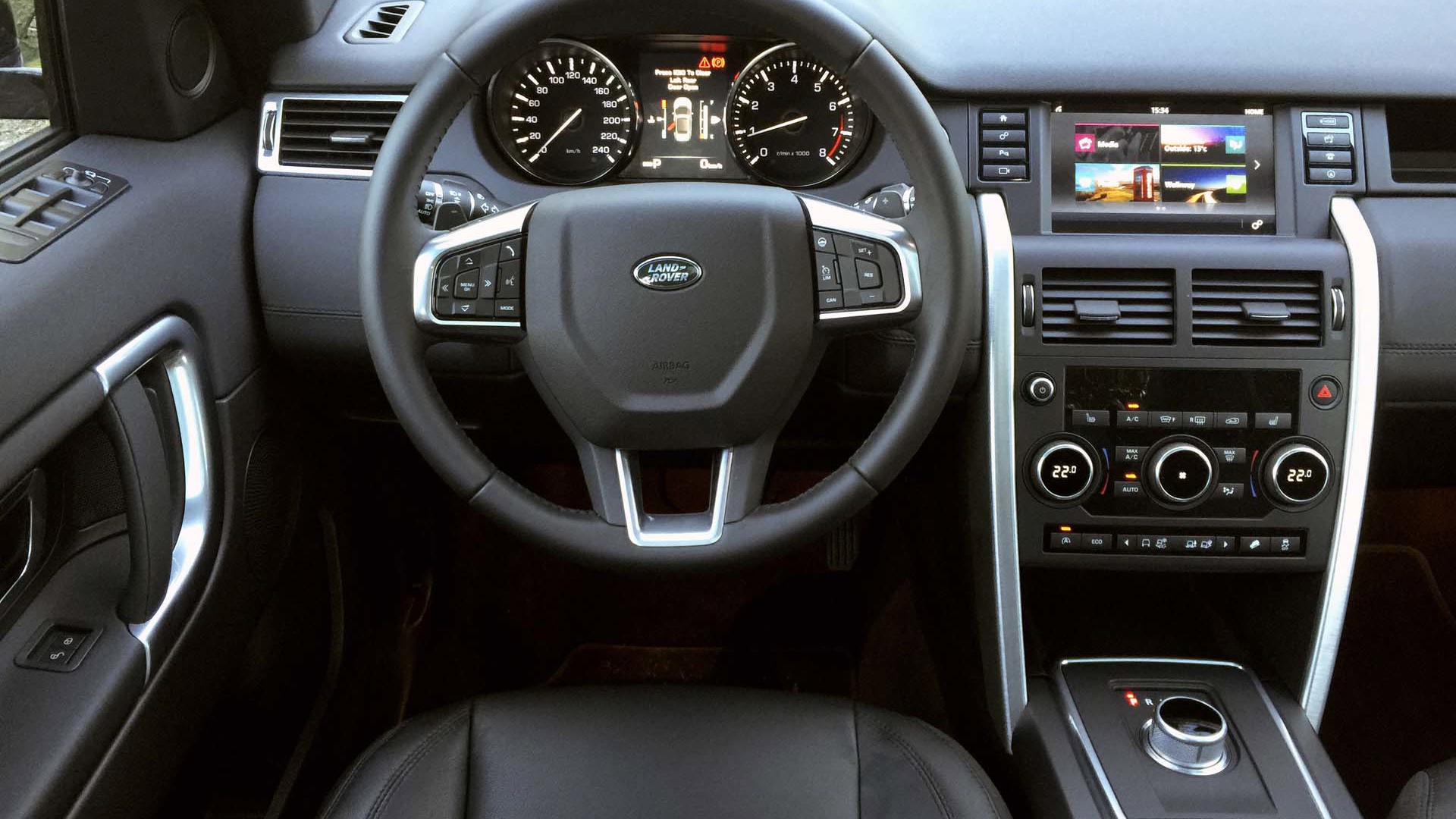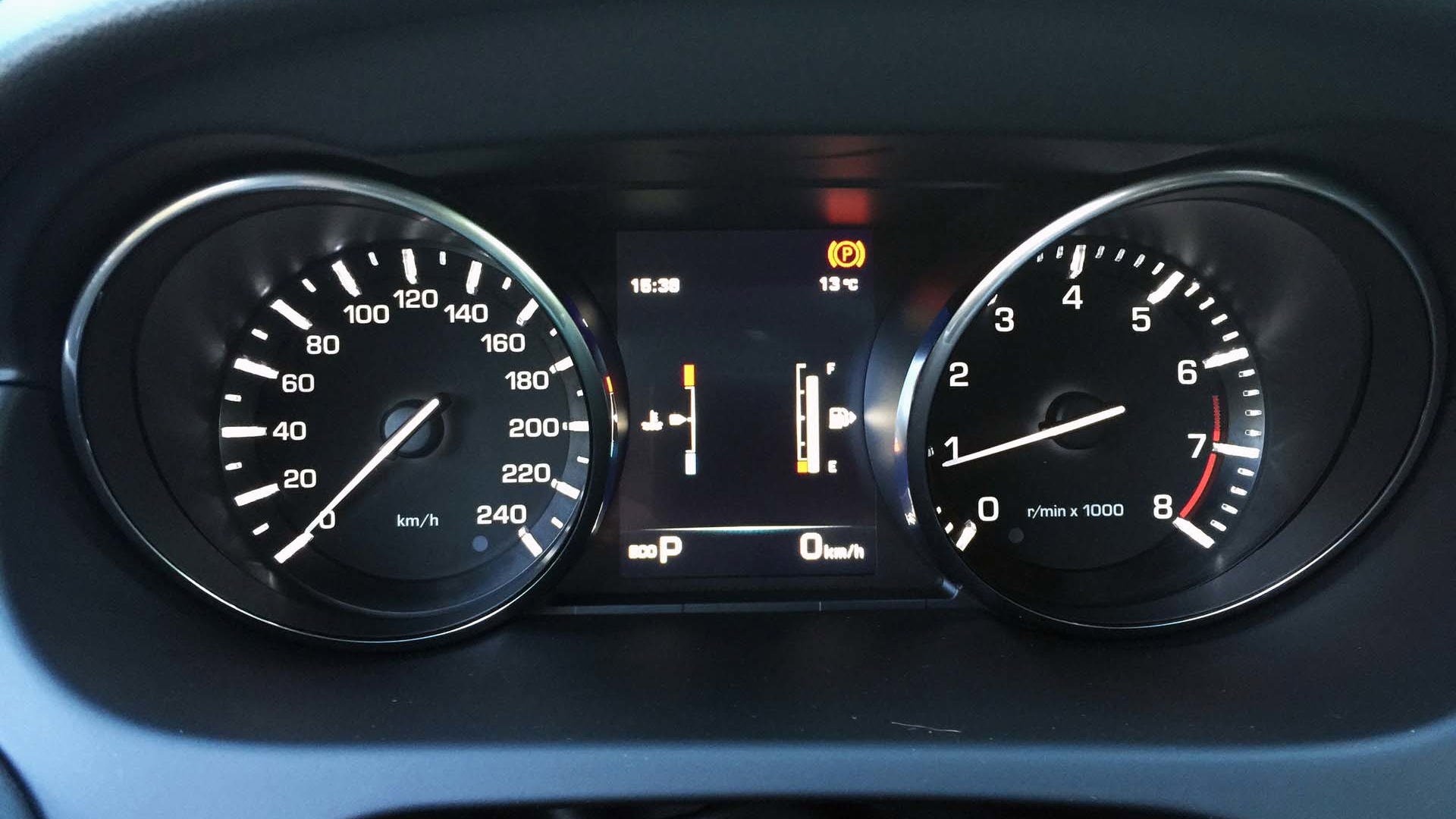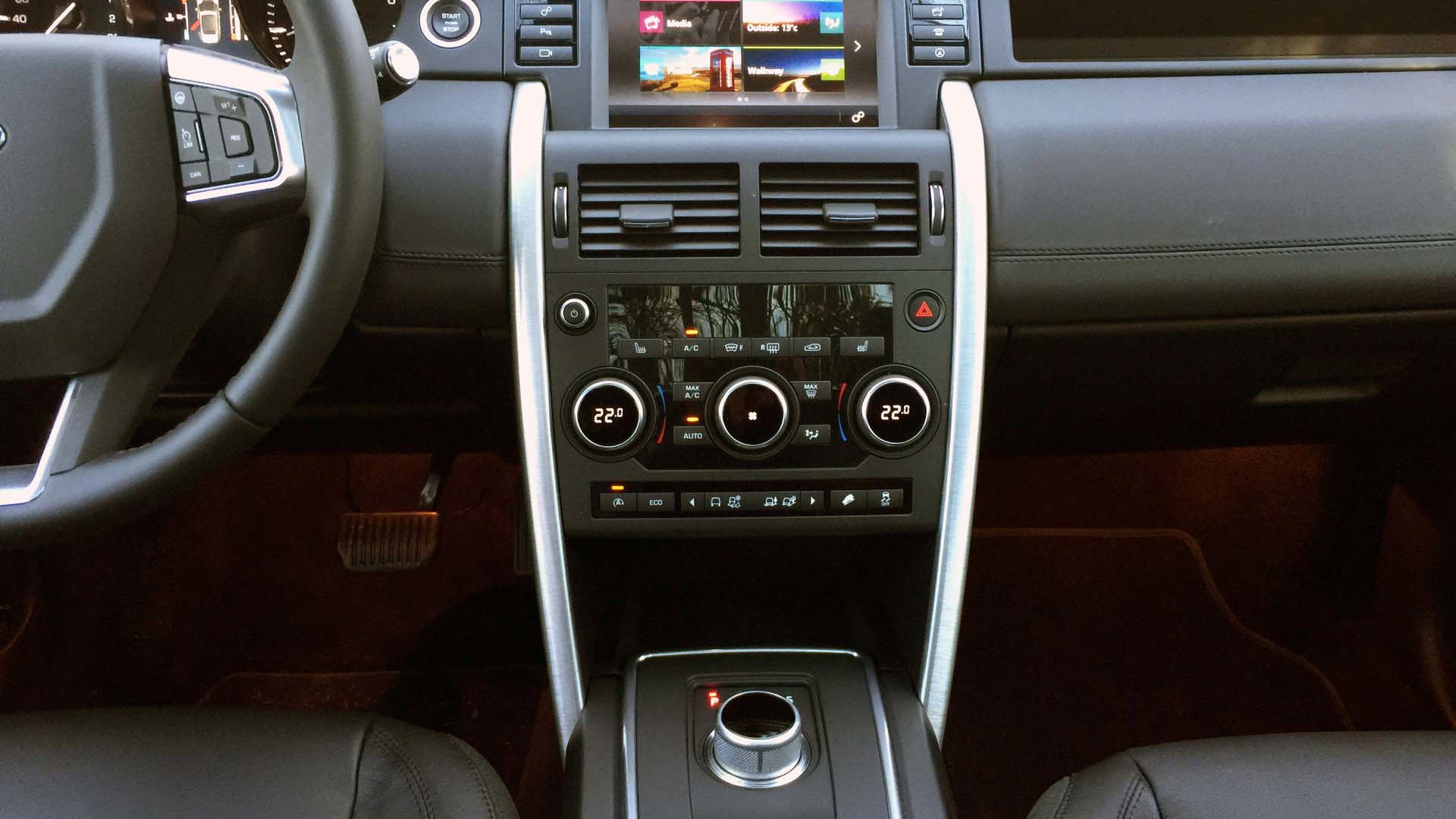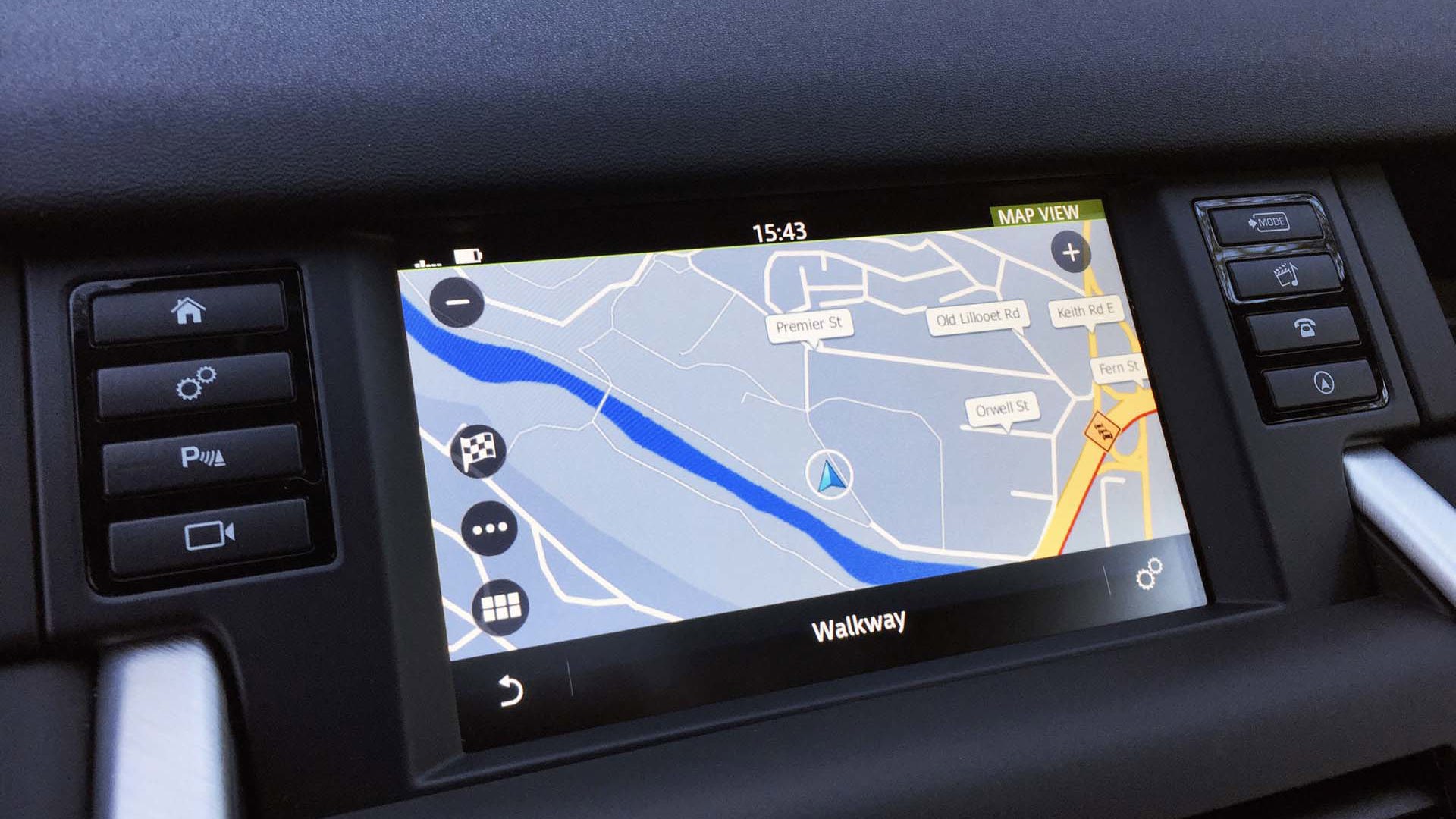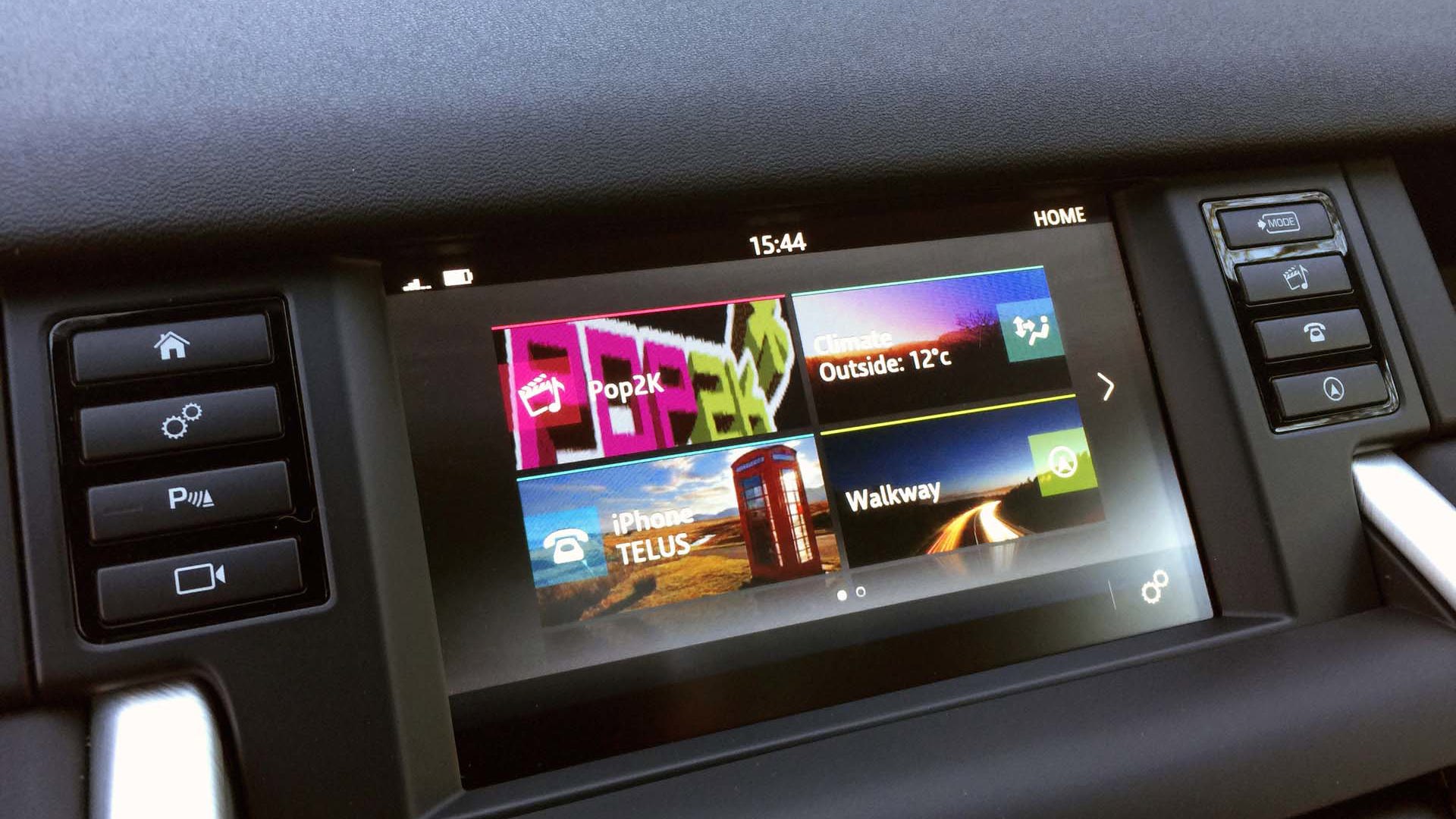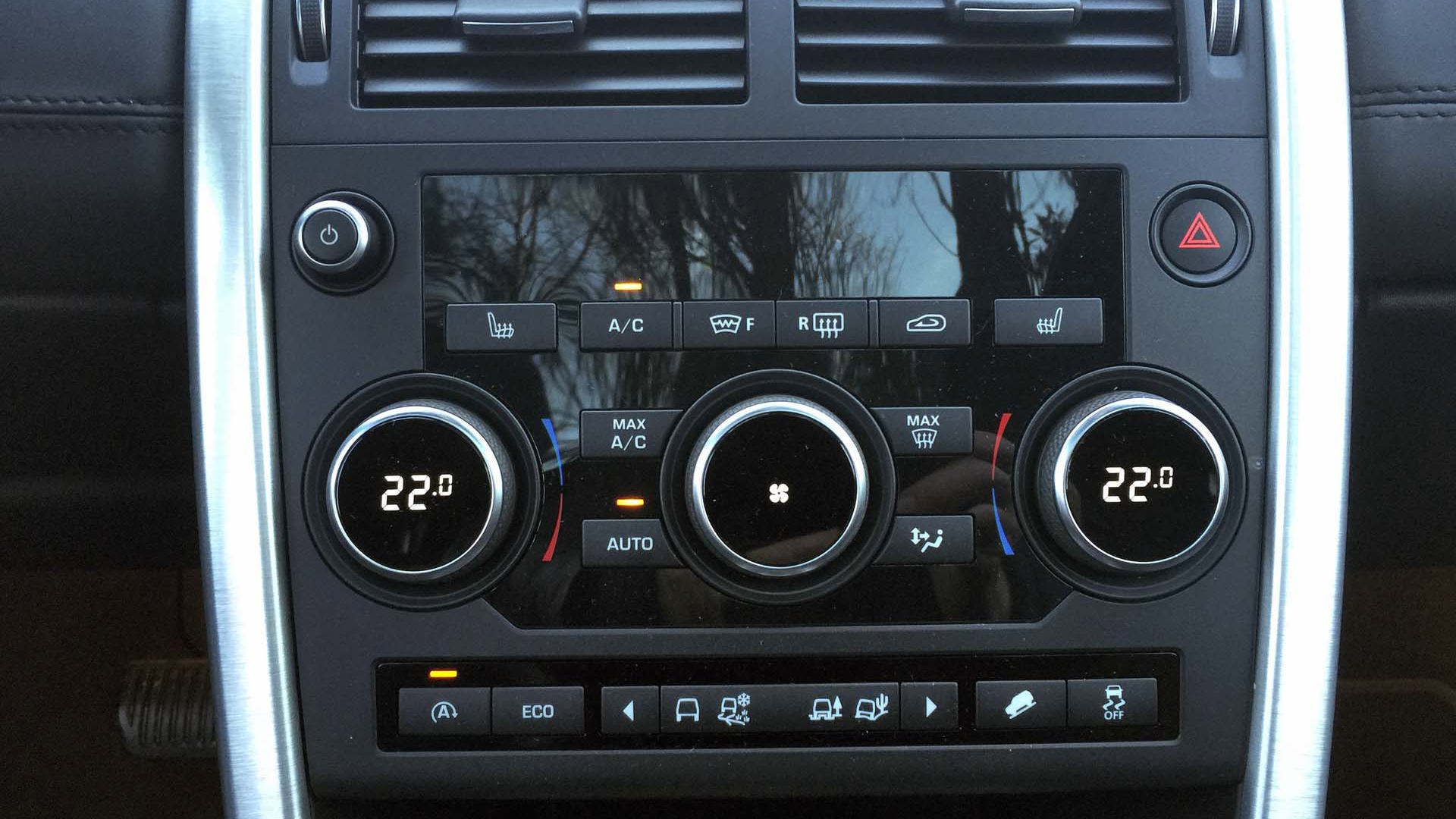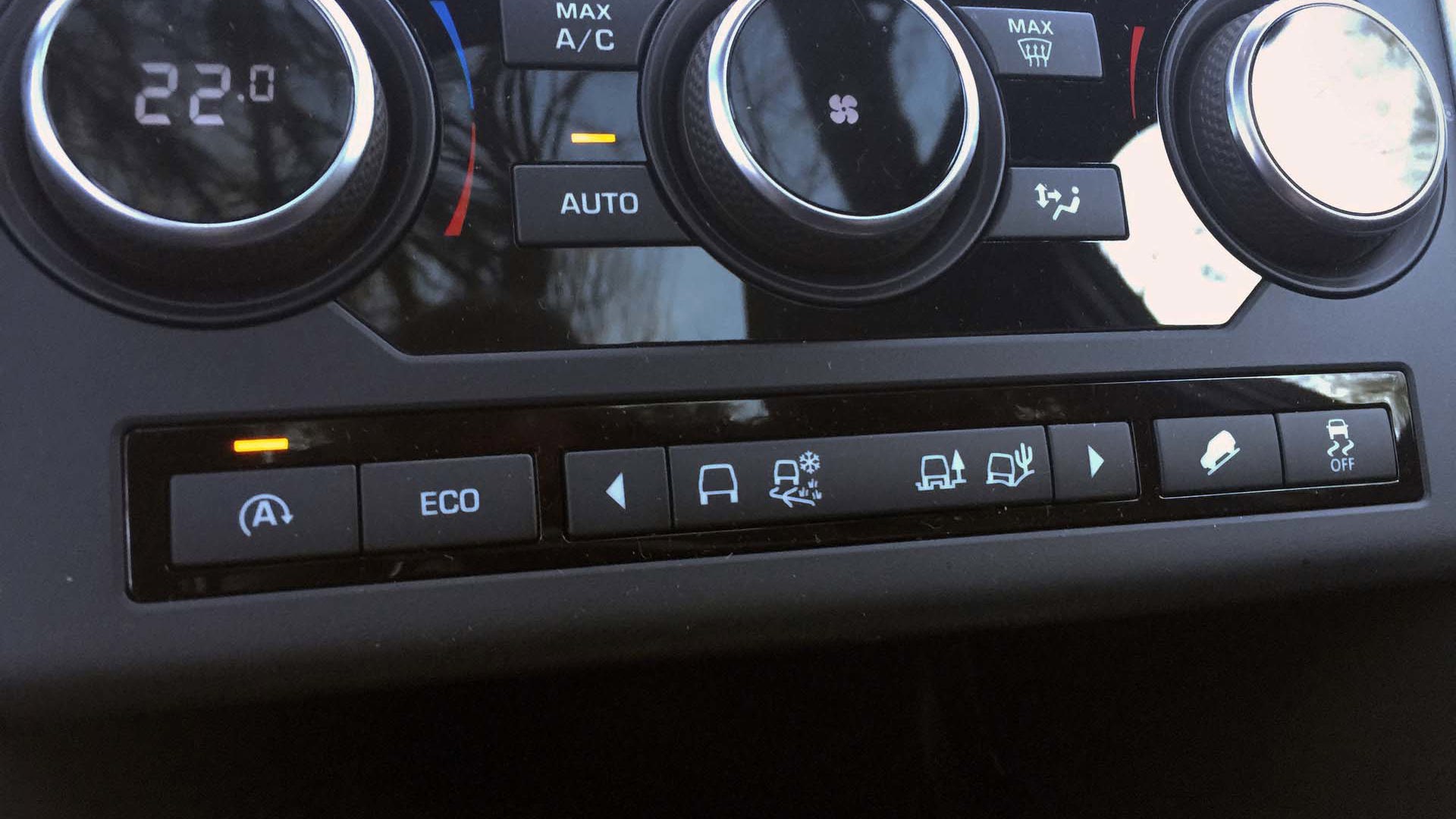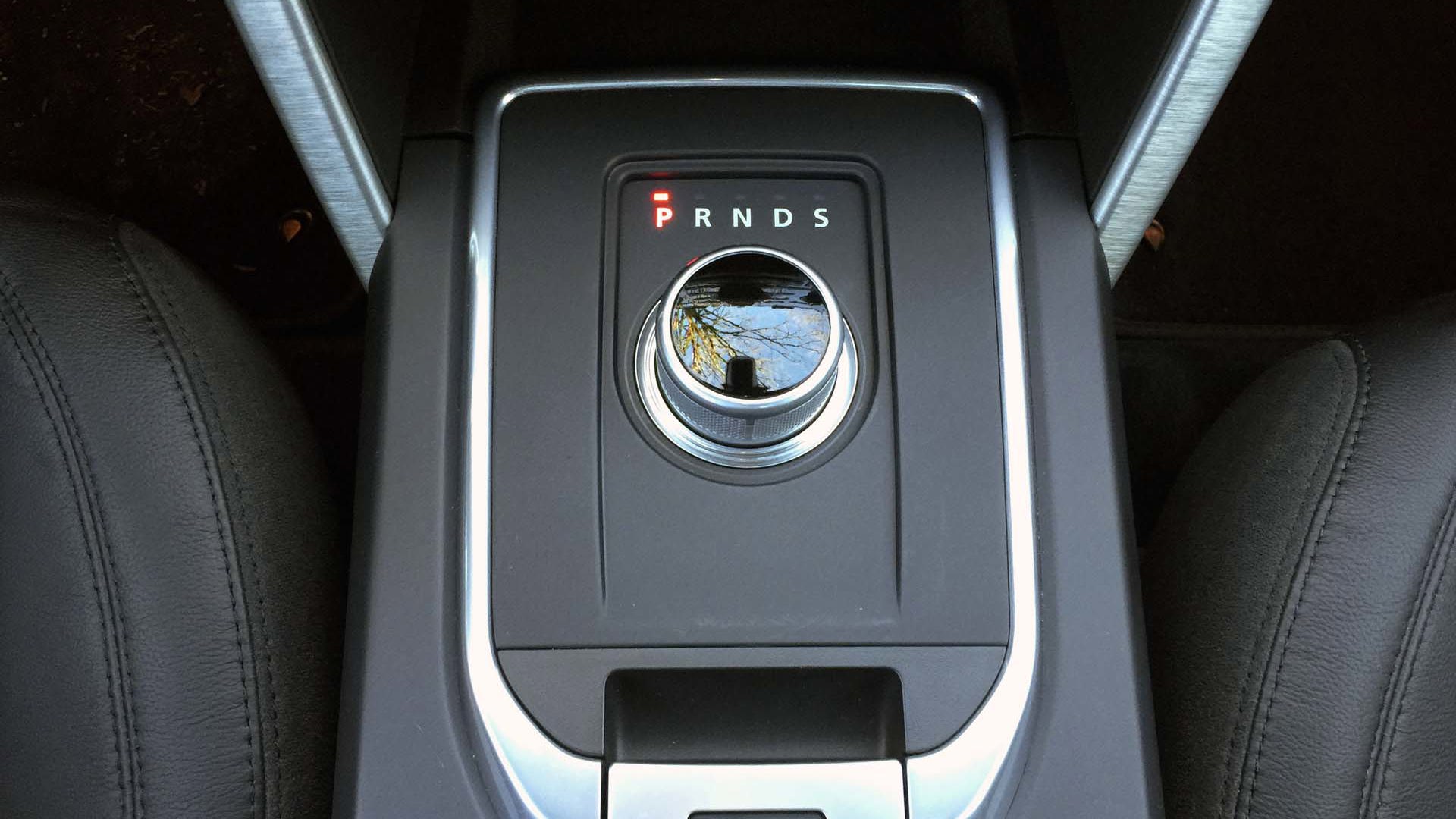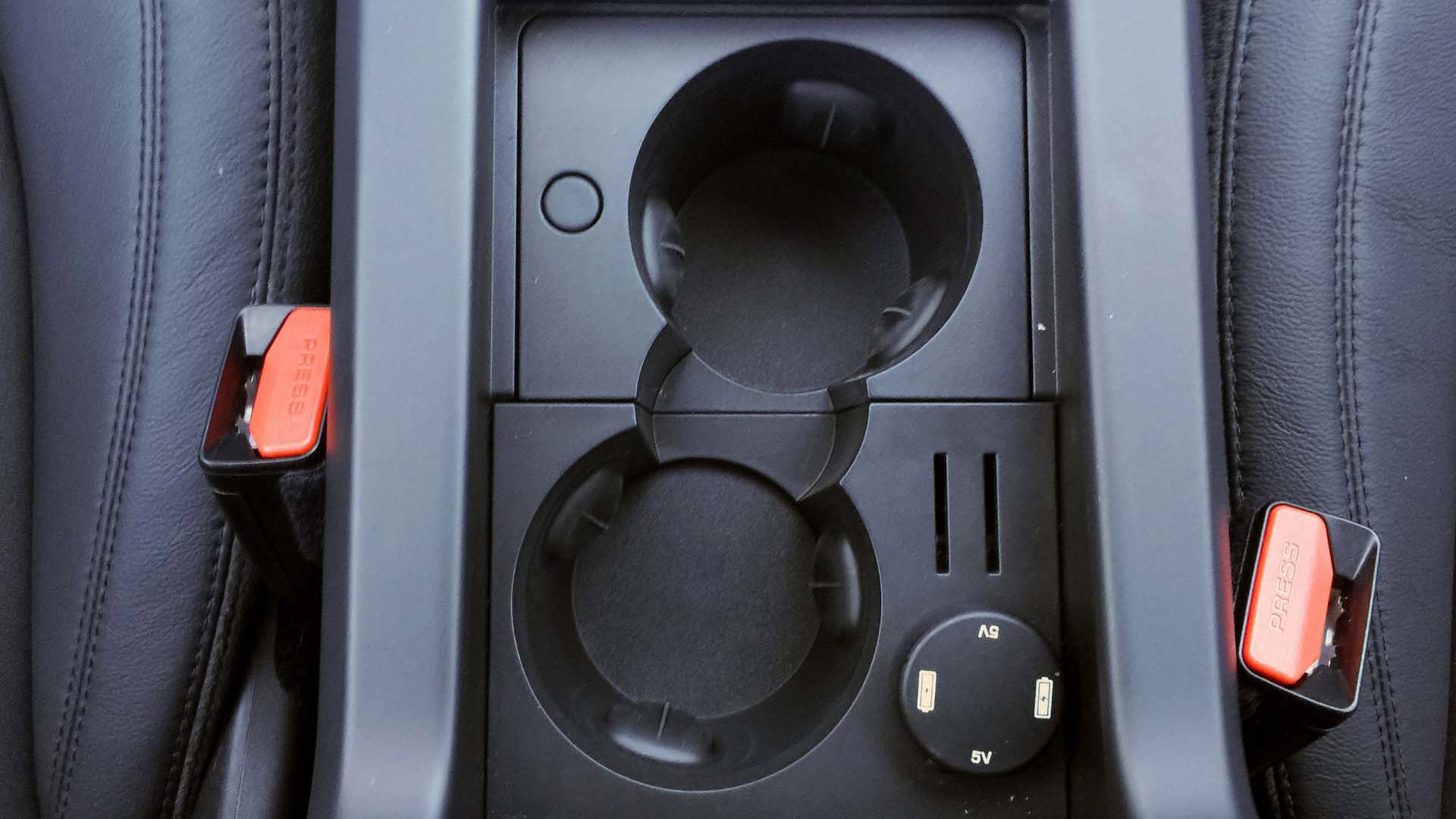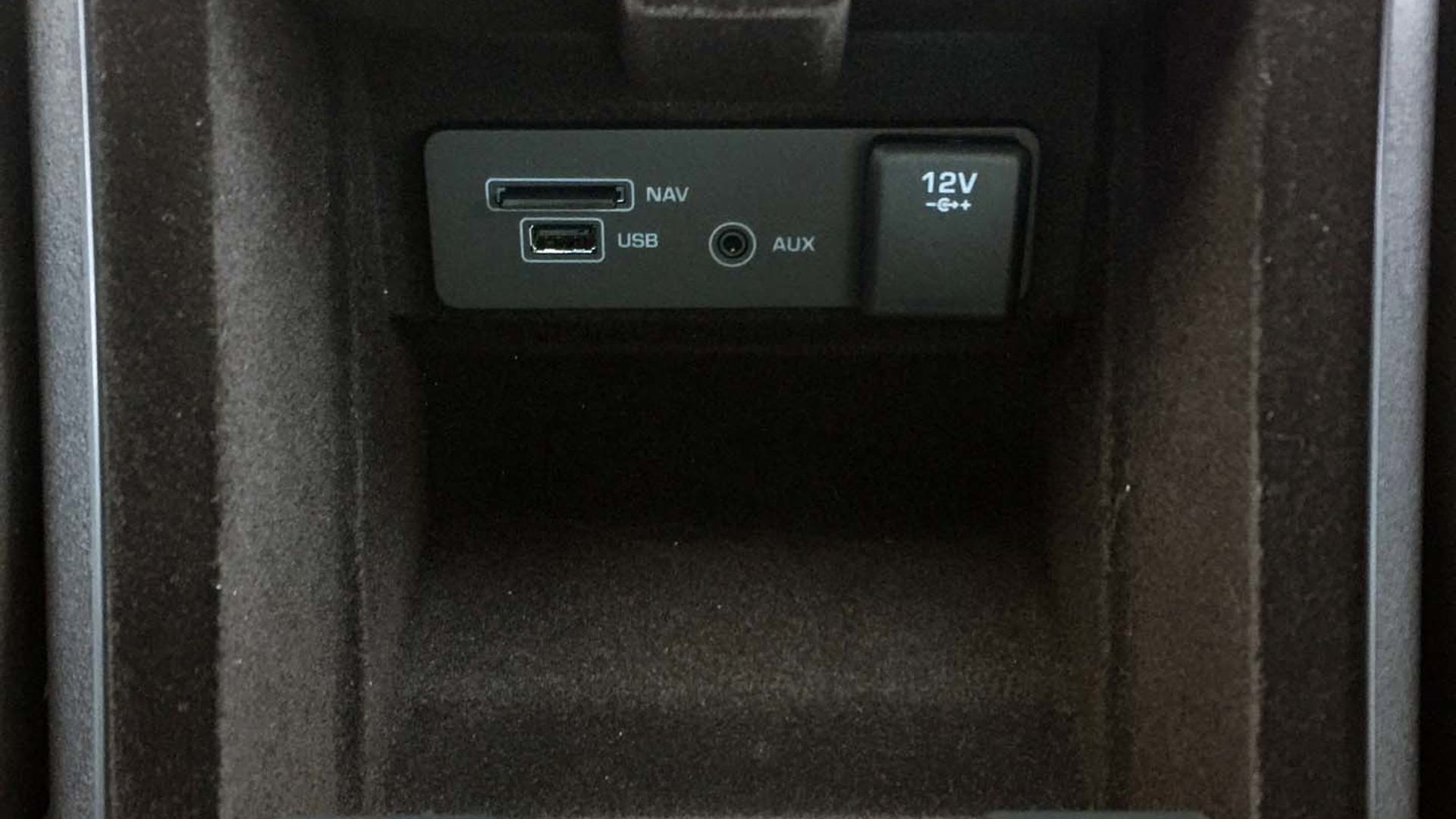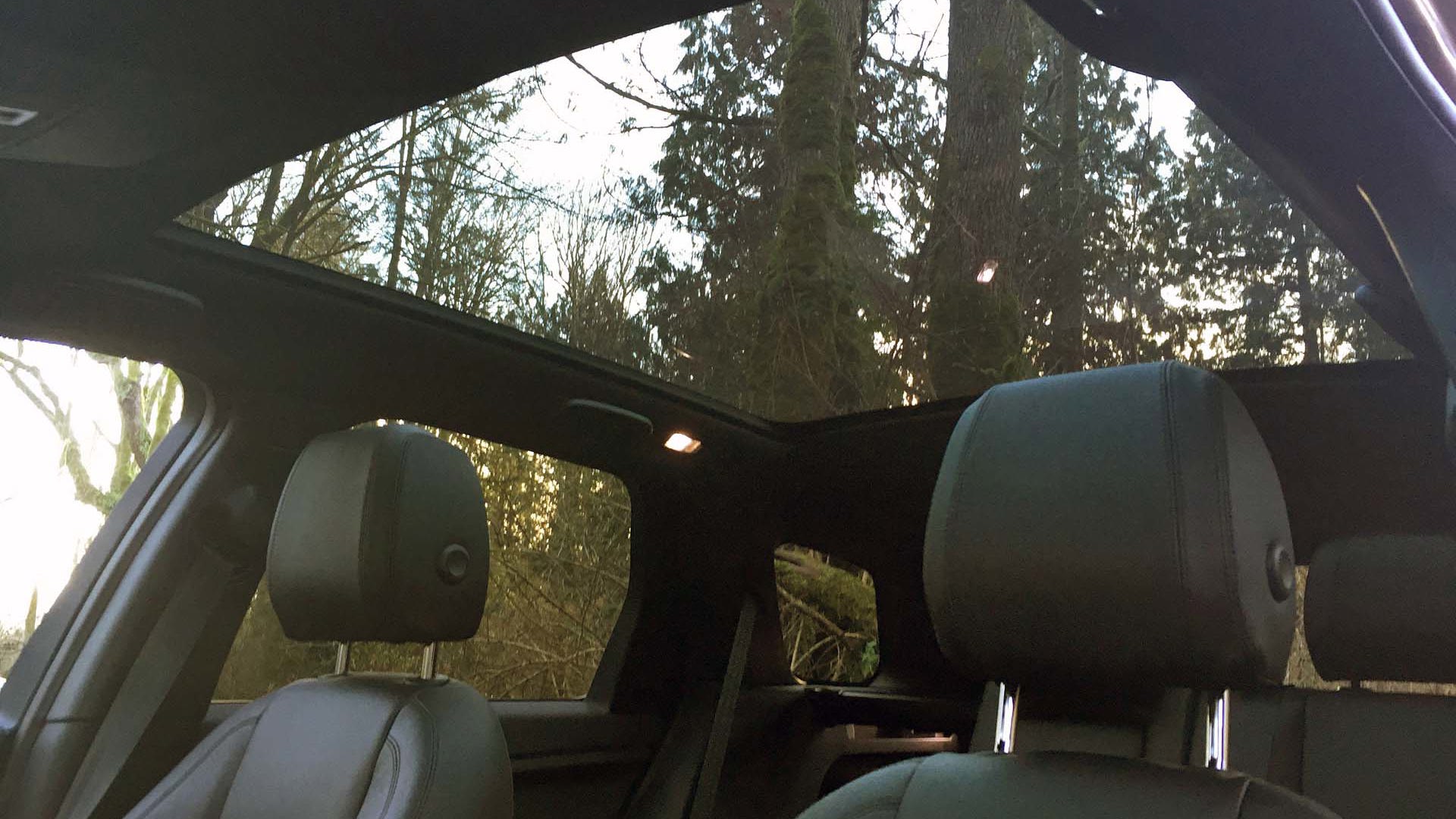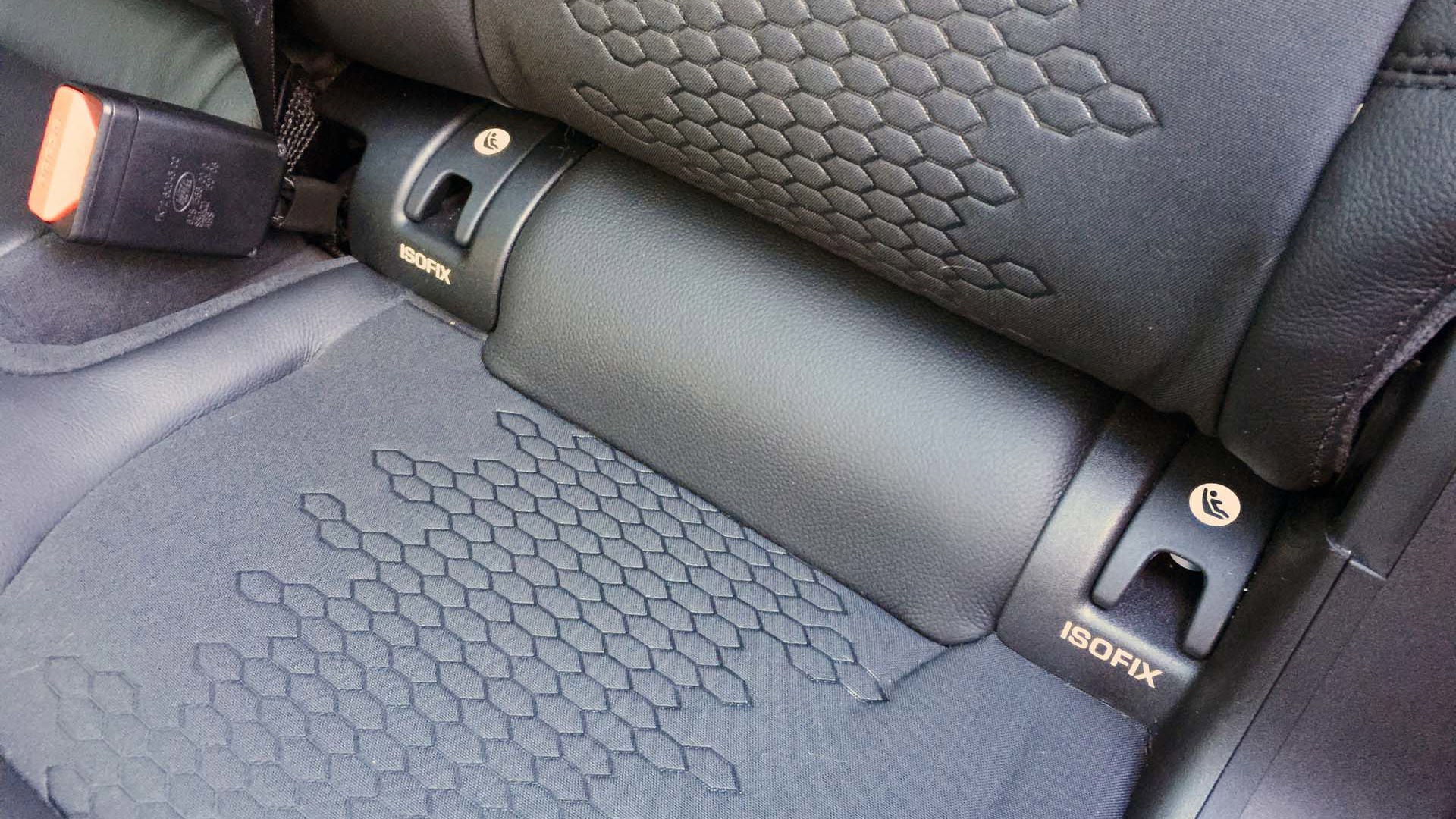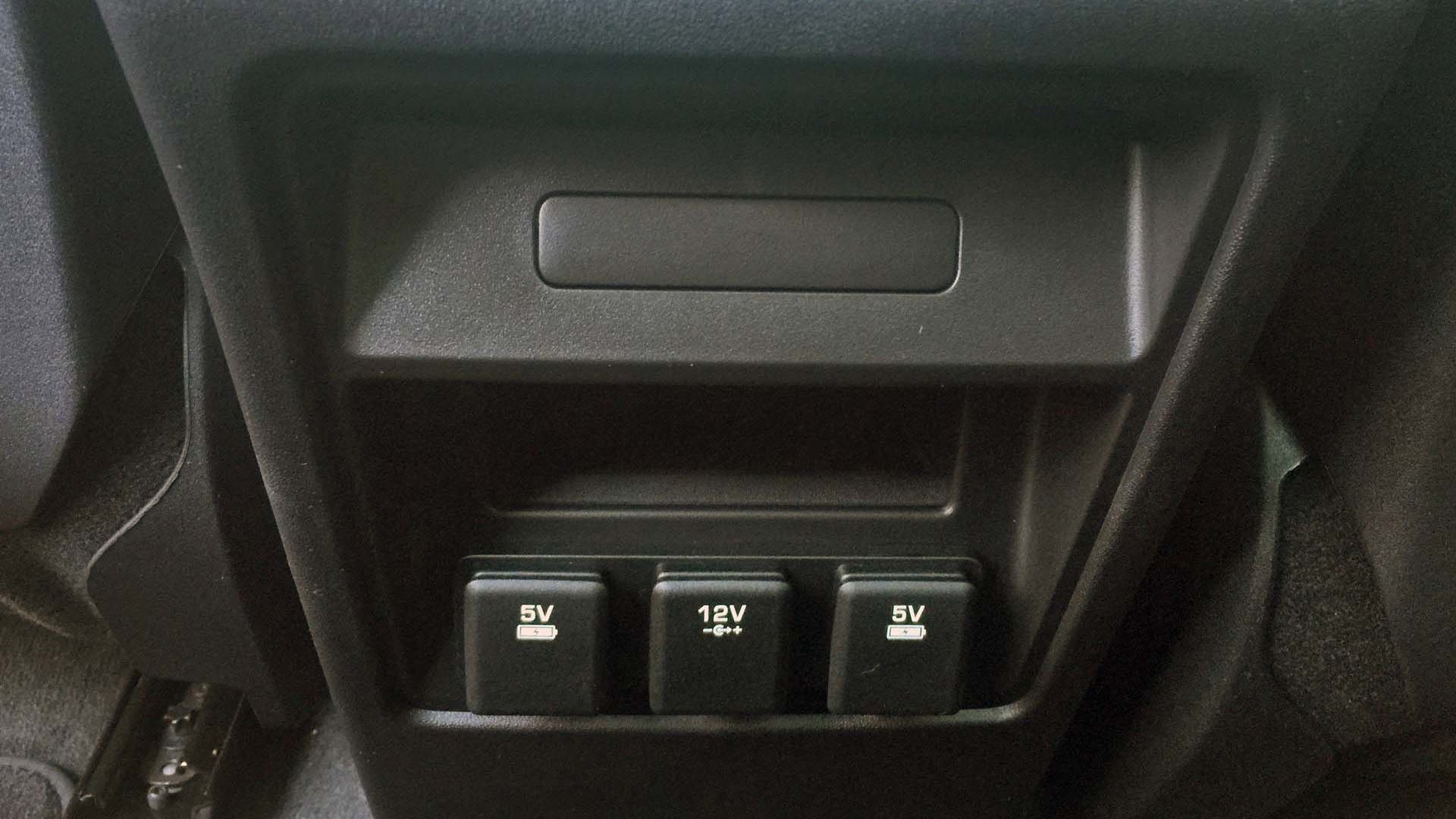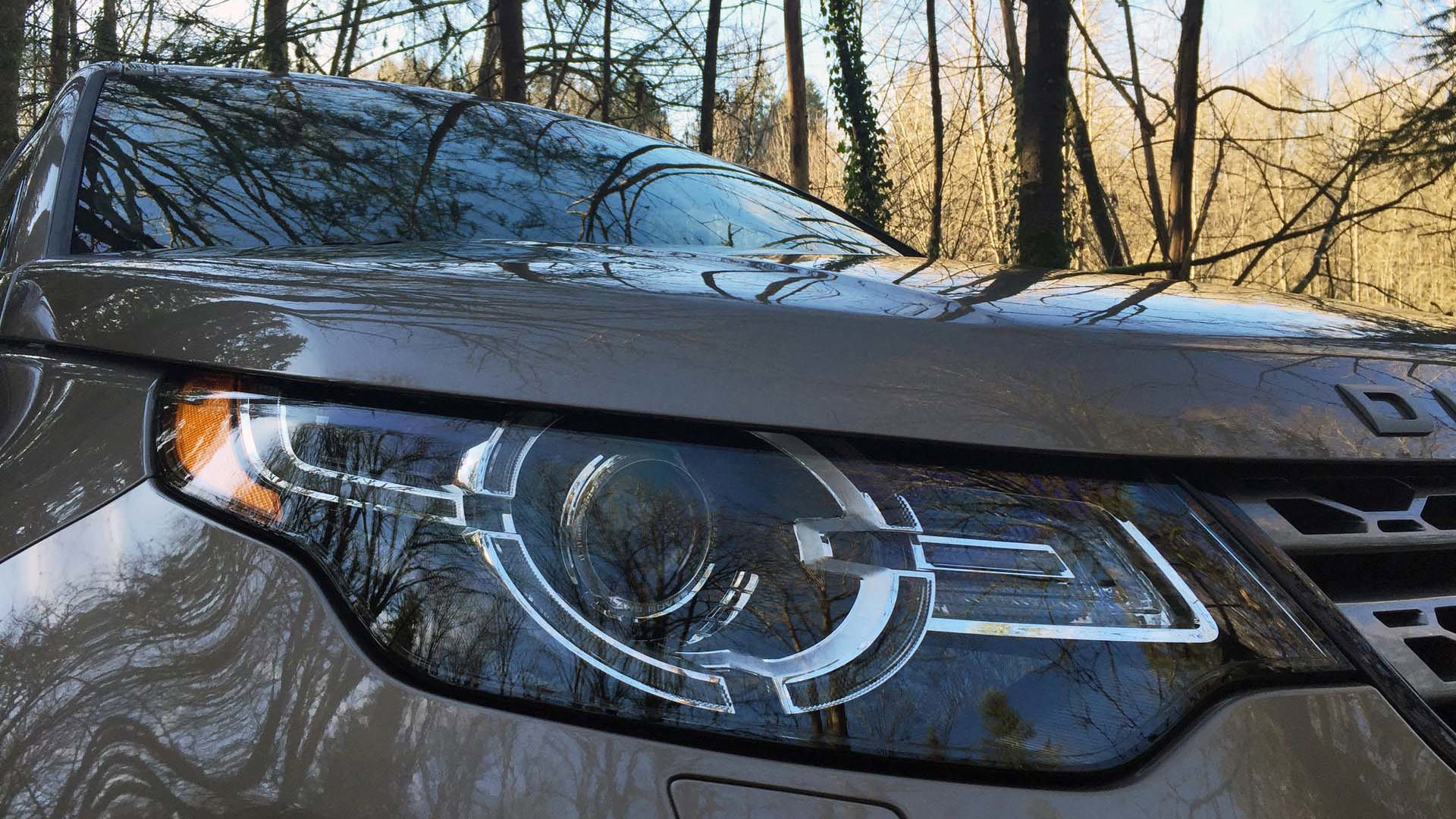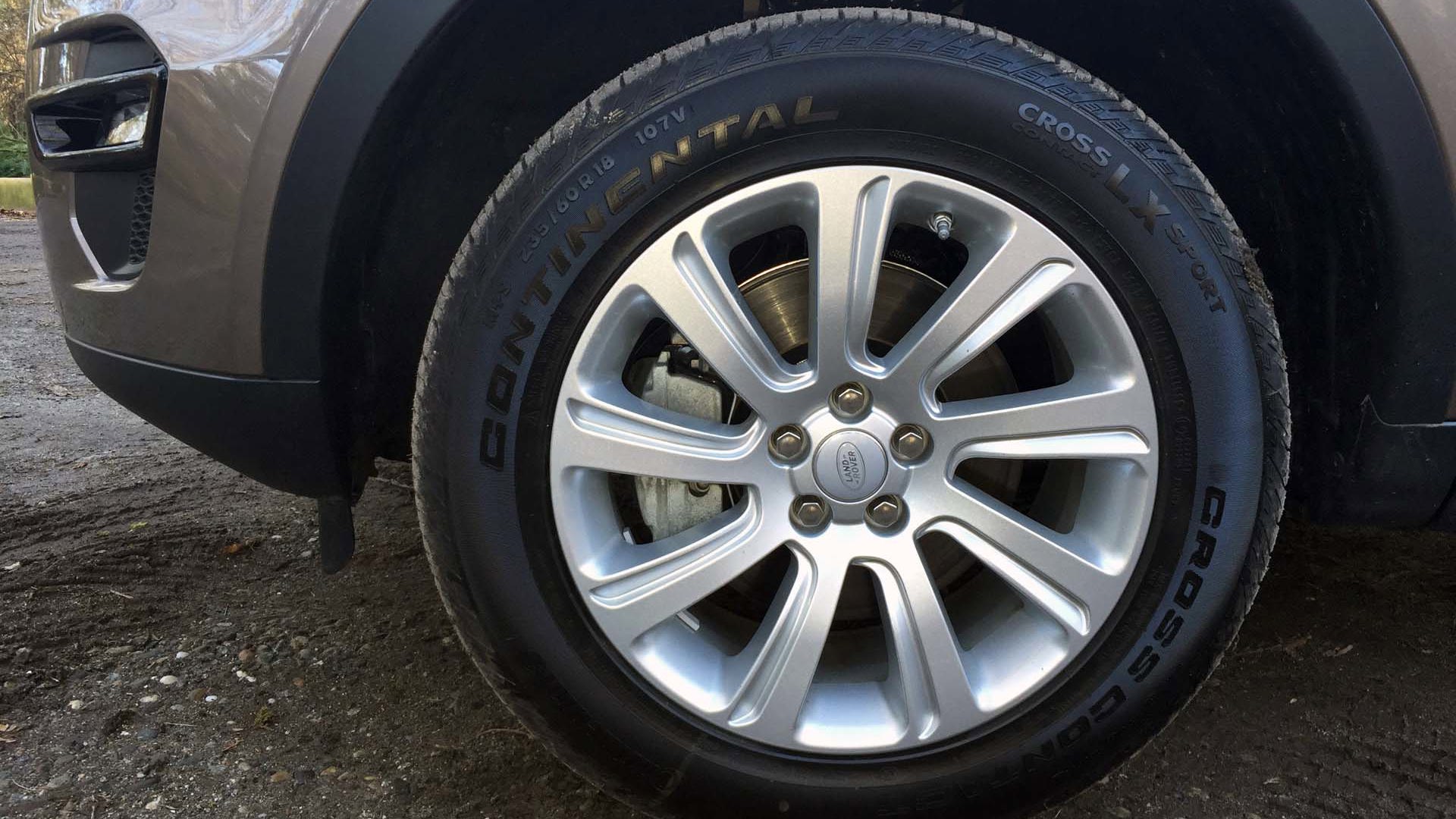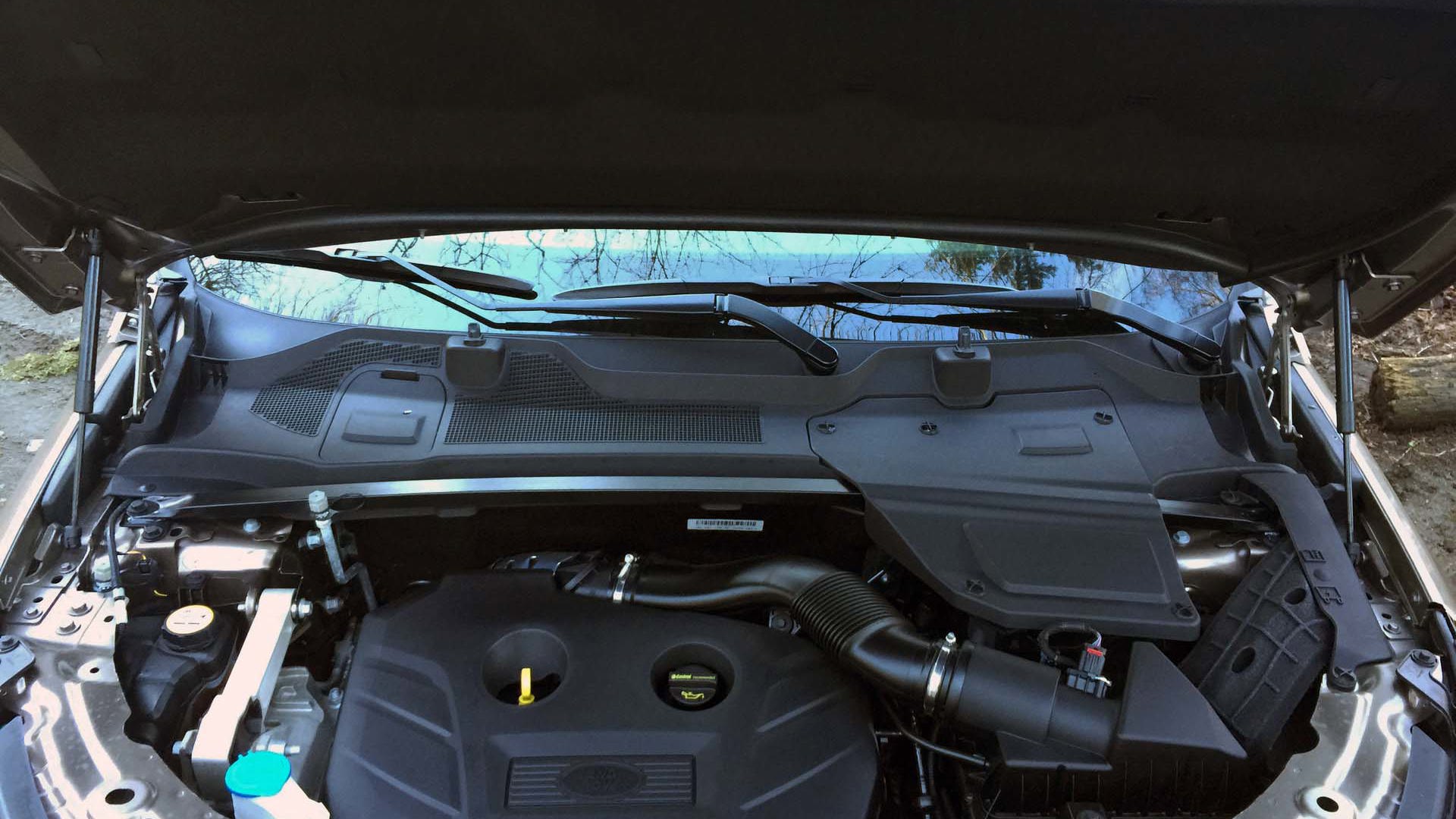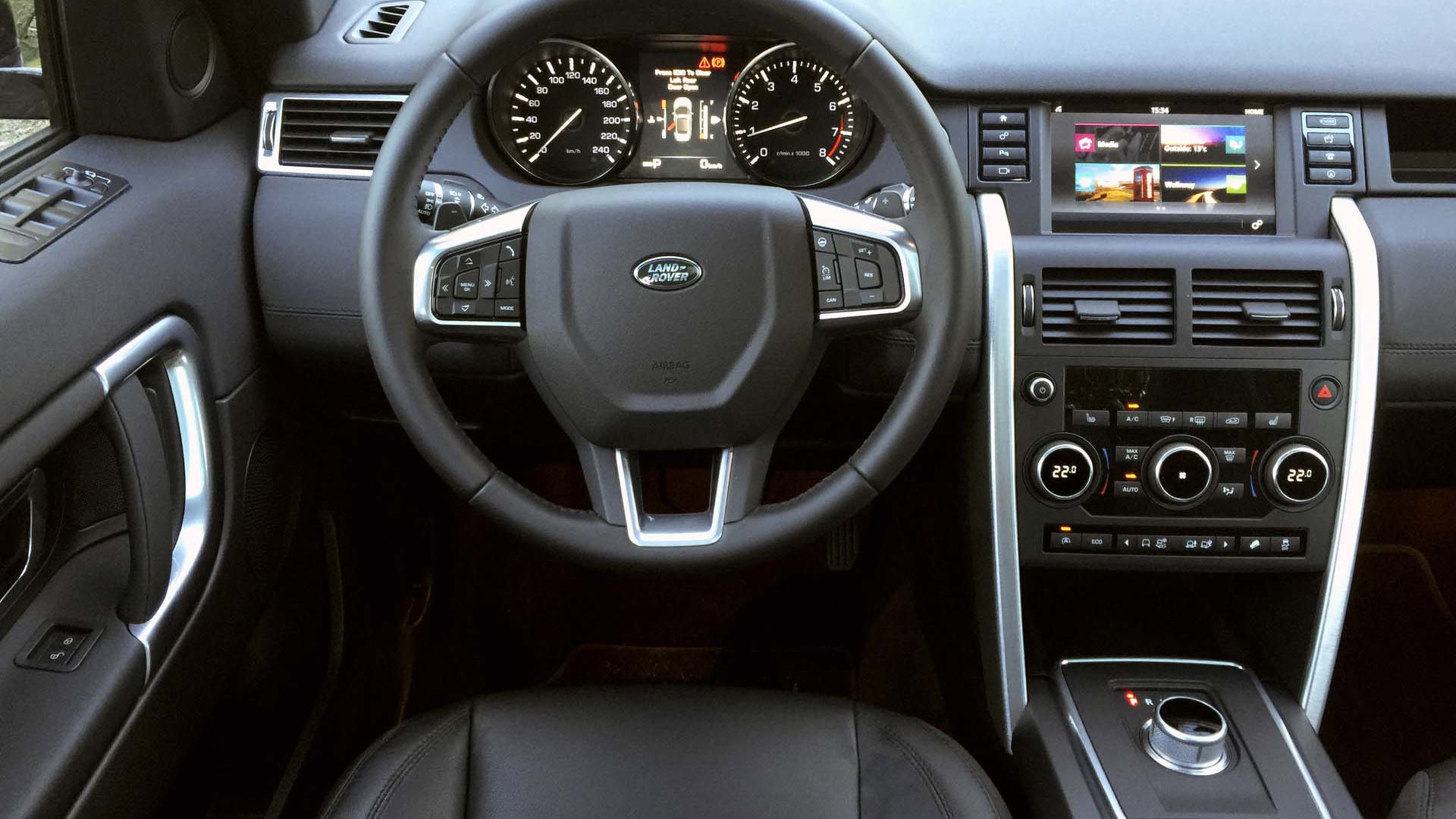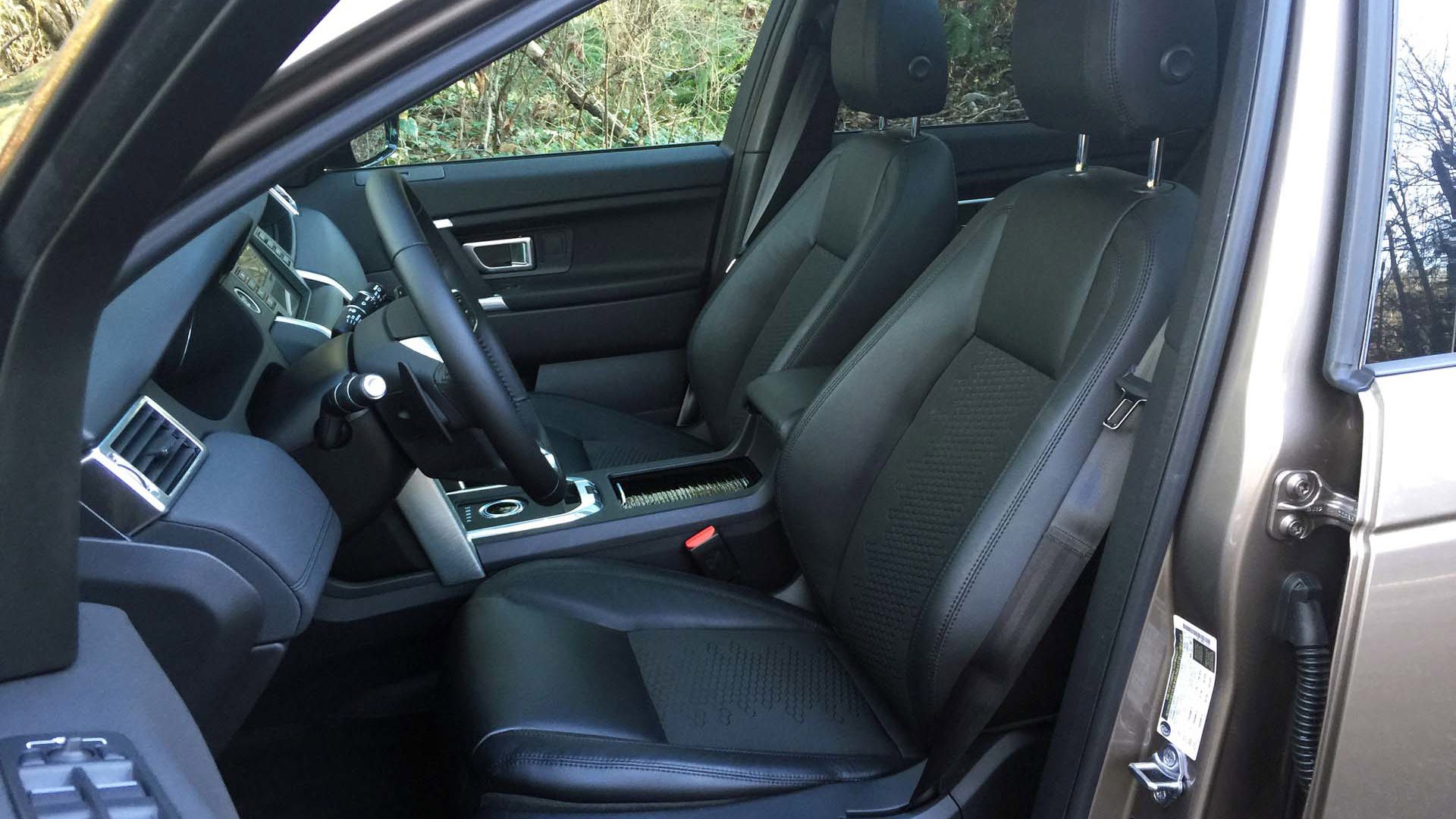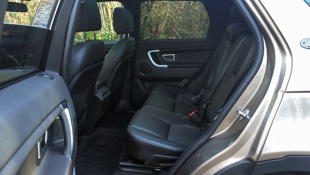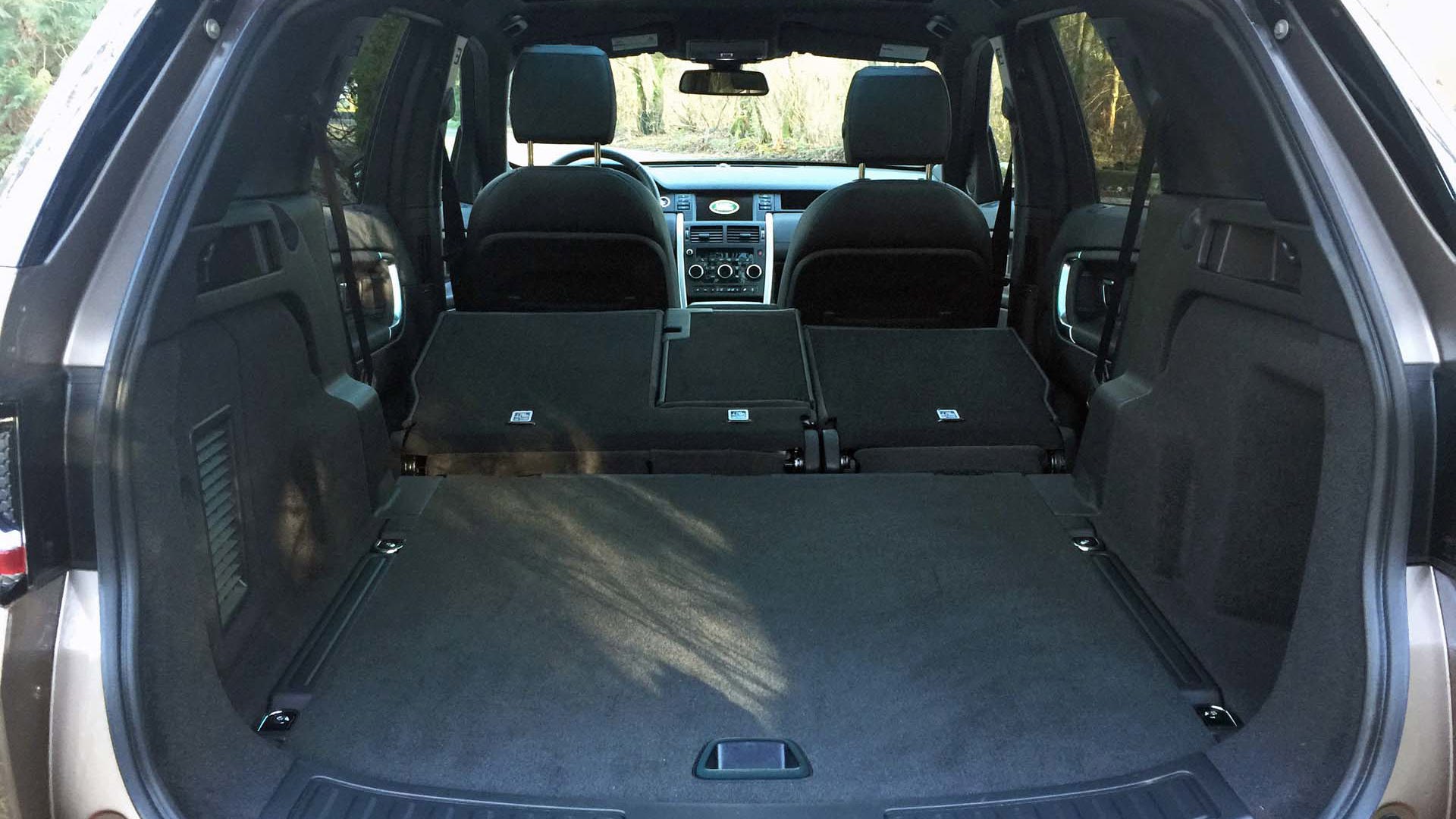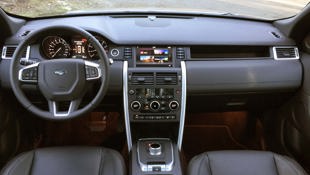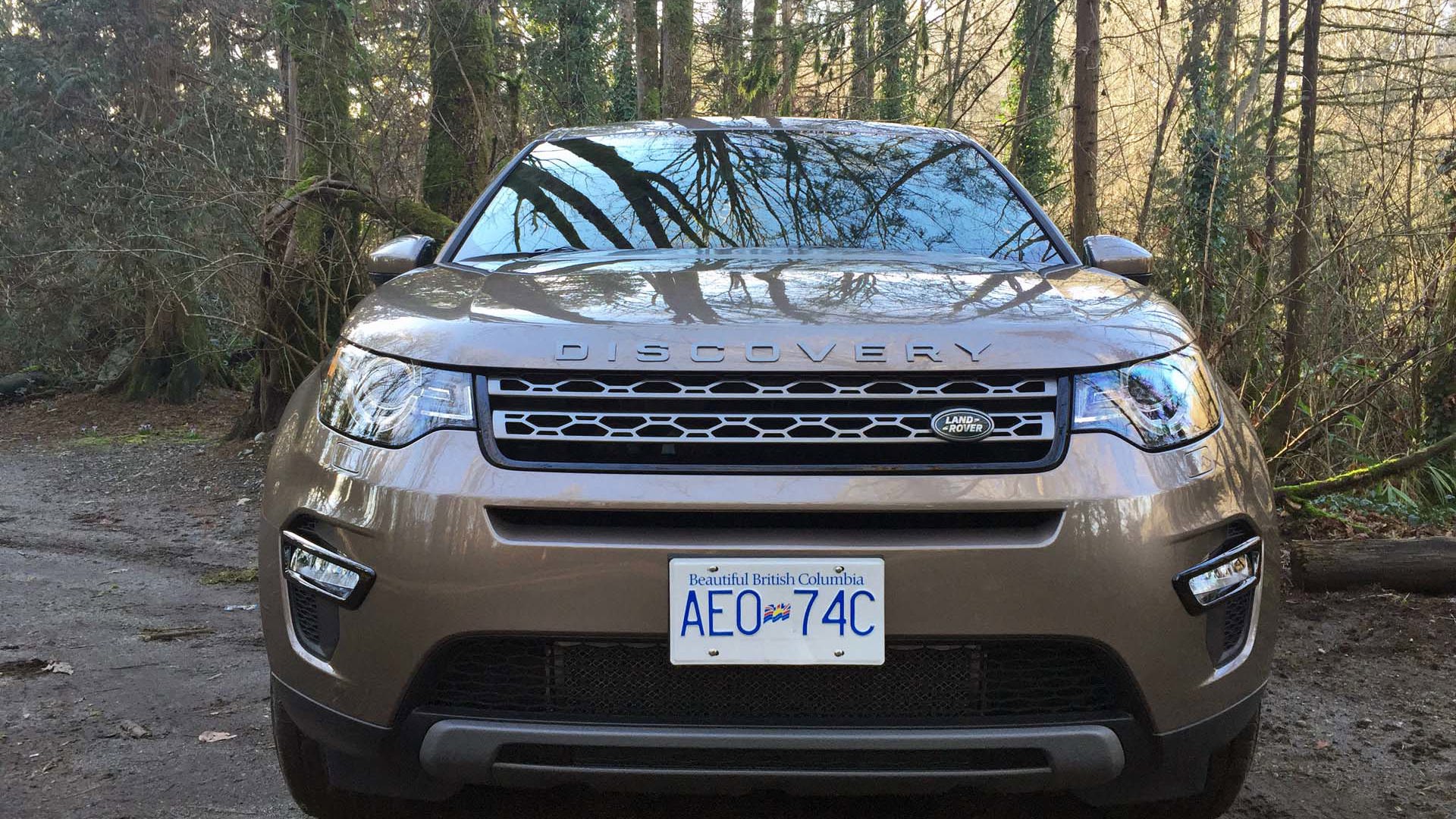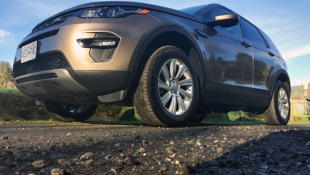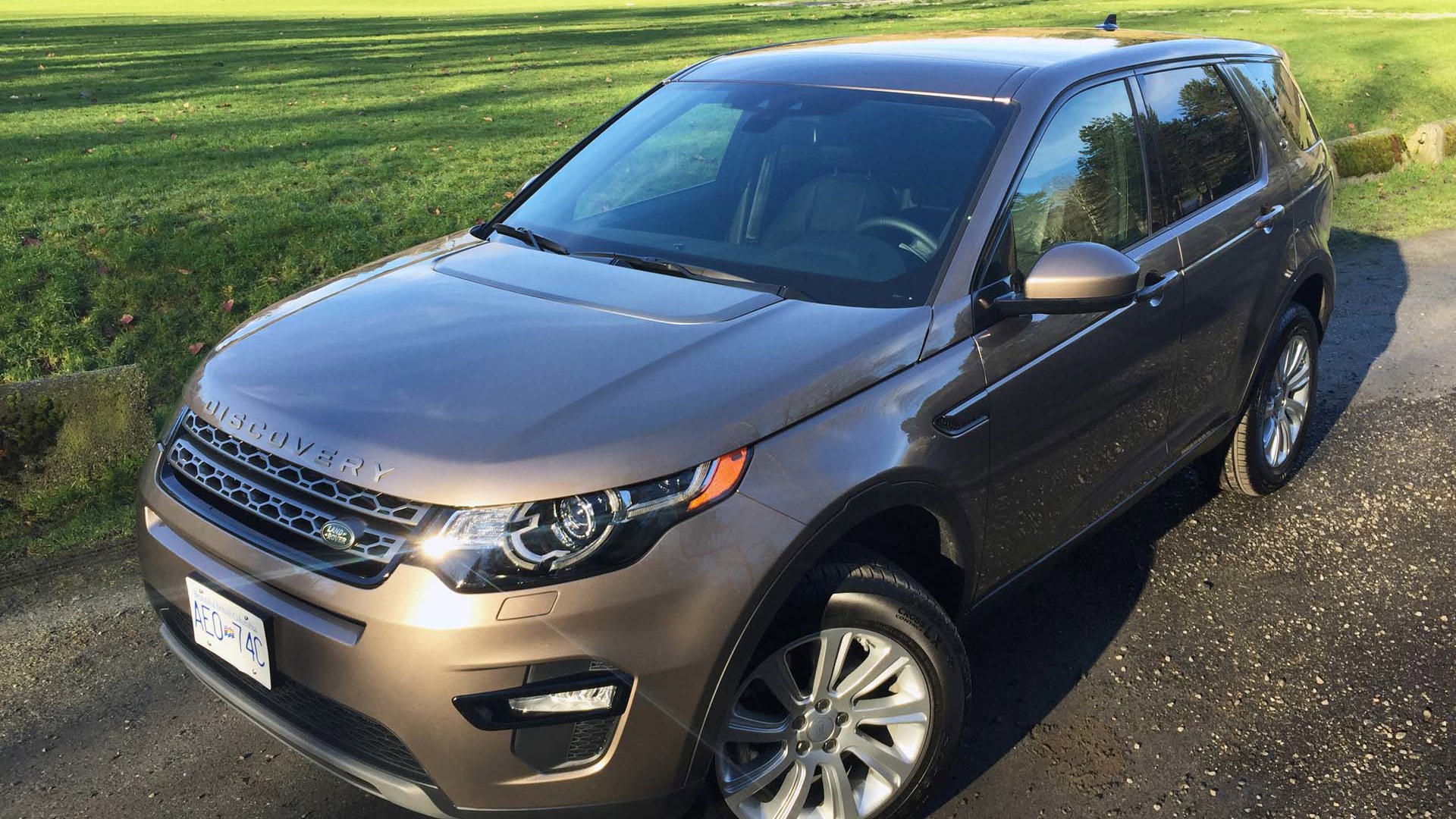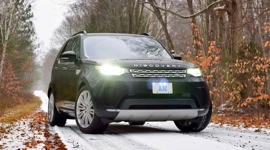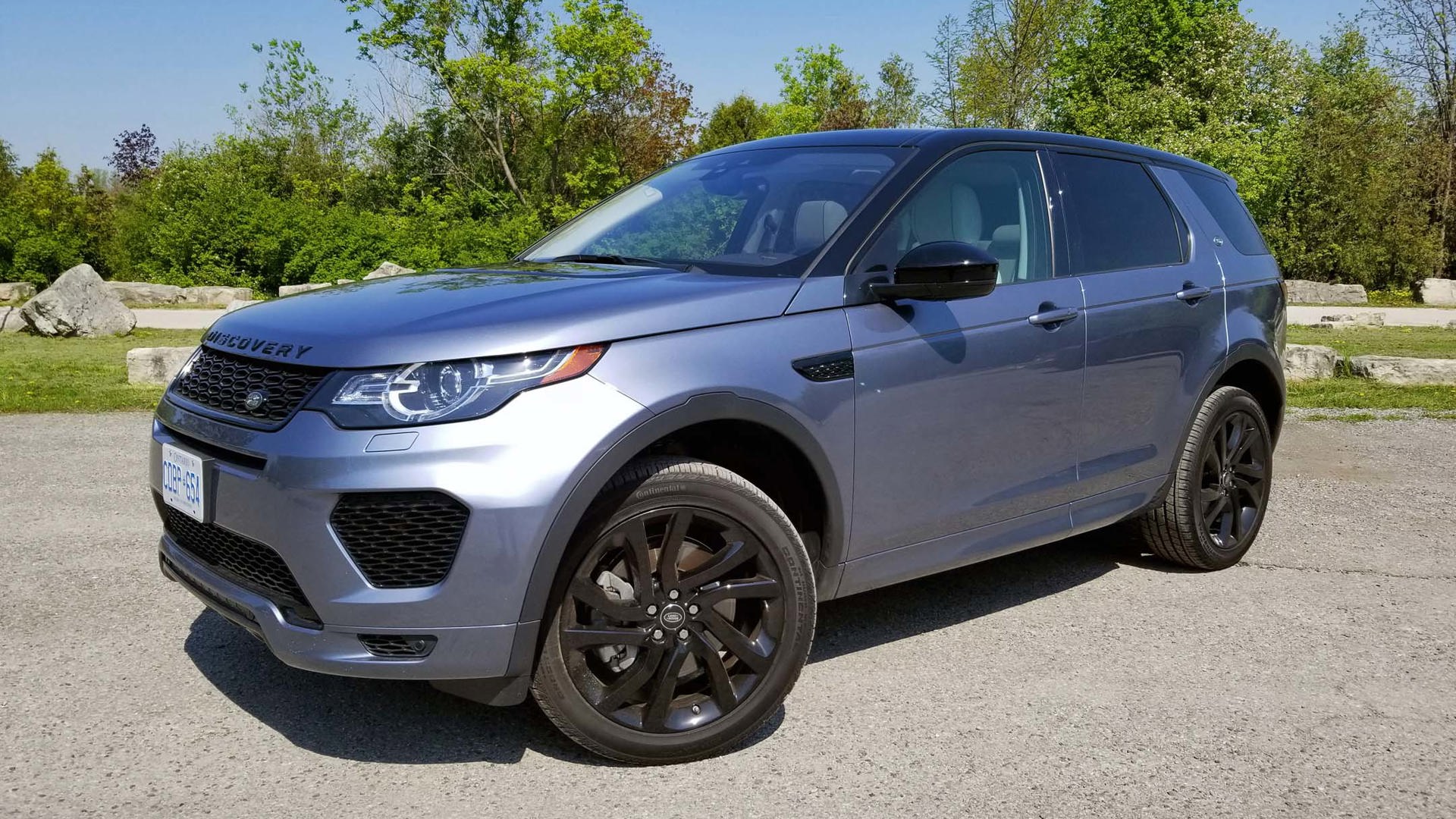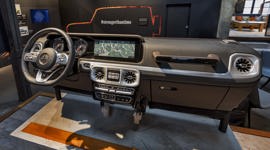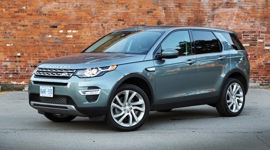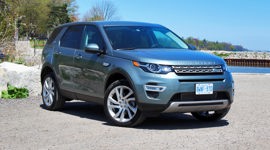 AutoTrader SCORE
AutoTrader SCORE
-
EXTERIOR STYLING8/10
-
INTERIOR8/10
-
PERFORMANCE8/10
-
COMFORT8/10
-
FUEL ECONOMY6/10
Introduced last year as a replacement for the Land Rover LR2, the Discovery Sport is Land Rover’s ‘entry-level’ luxury compact SUV. It shares the same unit body platform, turbocharged four-cylinder engine and nine-speed automatic transmission as the stylish Range Rover Evoque but it is not related to the larger body-on-frame Discovery, known as the LR4 in Canada.
The Discovery Sport is not the kind of Land Rover you’d take on a safari.
The Discovery Sport’s clean, understated styling is not to everyone’s tastes, but for me, its simplicity is a plus. While some Japanese luxury SUVs have moved towards aggressive grilles and swoopy bodywork, the Discovery Sport’s lines are free of sharp angles and gimmicky panels. Its rounded corners, wraparound lights, large wheels and short front and rear overhangs give it a streamlined, uncluttered appearance. Still, the ‘DISCOVERY” badge spread across the leading edge of the hood and the tailgate looks rather tacky. Perhaps Land Rover forgot that viewed in another car’s rear-view mirror, the name on the hood reads, ‘YREVOCSID’! Overall though, I think the Discovery Sport’s understated appearance will hold up well in the long run.
As there are so many better known compact luxury SUVs on the market – Audi Q5, BMW X3, and Volvo XC60, to name a few – you have to wonder what the Discovery Sport has to offer that the others don’t. Well, it turns out that the Discovery Sport has the best residual value in its class, according to the Automotive Lease Guide. It was recently rated Best Premium Compact Utility in the 2016 ALG Residual Value Awards.
It also has the distinction of being the only British-branded, British-built compact SUV on the market – which may be a plus (or a minus) for some people. Being in the same family as the upscale Range Rover models certainly adds some trickle-down prestige. And let’s not forget Land Rover’s heritage and longstanding reputation as a manufacturer of go-anywhere utility vehicles.
That being said, the Discovery Sport is not the kind of Land Rover you’d take on a safari. With its compact dimensions, car-like unit body construction, fully independent suspension and practical five- or seven-passenger cabin, the Discovery Sport is better suited for everyday urban and suburban driving tasks. The Discovery Sport offers what well-to-do families need: a comfortable ride, agile handling and the smaller size needed for navigating the urban jungle along with a roomy, well-equipped five-passenger cabin with the option of a third-row seating for two children. As well, it has the higher ground clearance and standard all-wheel drive needed for winter weather conditions and light-duty off-road use.
Like most of its competitors, the Discovery Sport has a turbocharged four-cylinder engine. The standard 2.0-litre DOHC turbocharged four-cylinder engine makes 240 hp at 5,800 rpm and 250 lb-ft torque at 1,750 rpm, fairly typical numbers for this class of vehicle. Like most turbo engines of this type, it requires premium grade gasoline.
Acceleration is surprisingly quick, particularly from rest where the engine’s low-end torque provides almost immediate throttle response. Land Rover quotes a 0 to 100 km/h time of 8.2 seconds. Its brisk performance is due in part to its relatively light curb weight of 1,748 kg. That’s 157 kg lighter than an Audi Q5 2.0T, 140 kg lighter than a BMW X3 xDrive 28i, and 90 kg less than a Lexus NX 200t – but 14 kg heavier than the new Mercedes-Benz GLC.
Top of the Line: 2015 Land Rover Discovery Sport HSE Luxury Test Drive
Cruising on the freeway, the cabin is pleasantly quiet with just a little tire noise seeping through. With a standard nine-speed automatic transmission, top gear brings engine revs down to about 2,000 rpm at 100 km/h, thereby reducing engine noise and minimizing fuel consumption. Upshifts are smooth but because the transmission likes to stay in a higher gear to save fuel, downshifts can be sudden and numerous when rapid acceleration is called for. To maximize fuel economy, the driver can engage Eco mode by pushing a button on the dash. Alternatively, shifting the transmission dial from D to S will adjust shift timing to improve throttle response and provide a more invigorating driving experience, but with higher fuel consumption.
As you may have noticed in the images, instead of a transmission gear lever, the Discovery Sport has a large round dial on the centre console that automatically rises up when the car is started. It’s very easy to turn and operate, but I had to remember not to mistake it for an iDrive controller and put the transmission into Reverse by accident instead of changing the channel!
To save fuel, the Discovery Sport comes equipped with an automatic stop/start system that turns the engine off while waiting at traffic lights – it stops and starts without much fuss, saving gas that would otherwise be wasted while idling. All power features, such as air conditioning and power steering, continue to operate while the engine is stopped. The stop/start system can be deactivated by pushing a button on the dash.
When compared with other compact SUVs, the Discovery Sport’s fuel consumption is slightly worse than average but the difference is small enough that individual driving styles would make the difference irrelevant: its NRCan rating of 11.9 city/9.0 highway trails the BMW X3 xDrive 28i (11.1/8.4), Lexus NX200t (10.6/8.4), and Audi Q5 2.0T (12.0/8.5).
A fully independent suspension gives the Discovery Sport a comfortable highway ride, impressive cornering agility, and excellent damping over pavement breaks and potholes. Our tester had Continental Cross-Country 235/60R18-inch all-season tires that offered a great combination of ride, wet-weather grip and minimal tire noise. The driver sits up tall with good visibility and the standard electric power-assisted steering is surprisingly quick which adds to the feeling of cornering agility. However its turning diameter of 11.6 metres (38.0 ft.) is quite wide.
Our SE test vehicle had the optional Vision Assist Package ($1,800) which includes rear-view camera and front and rear parking sensors - I highly recommend them for backing in to tight parking spaces or when parking near other cars in a tight parking space. Audible and visible warnings guide the driver to within inches of hard objects without contacting them. If you want the vehicle to do the parking for you, there is an optional Park Assist option ($1,000) which automatically steers the vehicle into a parallel or perpendicular parking spot. Our test vehicle didn’t have this but I have tried it on other vehicles. Once you get the vehicle into the correct starting position, it takes over and steers it perfectly into tight spaces!
Halogen headlights are standard in the SE, but Xenon headlights are available as part of the Vision Assist Package. In our vehicle, they provided a wide swath of bright illumination when driving at night. Also recommended.
Higher trim levels are available with an optional Driver Technology Package ($1,350) of active safety features including Autonomous Emergency Braking, Closing Vehicle Sensing, Blind Spot Warning, Lane Departure Warning, and Reverse Traffic Sensing. On a vehicle like this, I would have expected at least Blind Spot Warning to be standard, but it’s part of the package that must be purchased in tandem with the Navigation option ($850).
Being a Land Rover, the Discovery Sport has a reputation to maintain, so it must be capable off the pavement too. It comes standard with a Haldex all-wheel drive system with driver-selectable driving ‘Terrain Response’ modes for different kinds of road surfaces: normal, grass/gravel/snow, mud ruts, and sand. Each of these modes automatically adjusts the throttle, transmission, steering and centre coupling and electronic braking, traction and stability control settings to maximize traction and stability. On an empty parking lot covered in loose gravel I tried the grass/gravel/snow setting. I found that it minimized wheel spin when accelerating and kept the vehicle from losing control while I deliberately tried to induce understeer and oversteer by driving around in tight circles. That could be a dent-saving safety feature on an icy road next winter. It should also be noted that the Discovery Sport has 212 mm (8.3 in.) of ground clearance, short front and rear overhangs, front and rear protective undershields, and a reported 600 mm (2.0 ft.) fording depth.
The standard all-wheel drive system can be upgraded to an optional Intelligent Dynamics Package ($1,900) which automatically disconnects drive power to the rear wheels when it’s not needed so that the vehicle runs in front-wheel drive only in order to maximize fuel economy. If it senses all-wheel drive is needed, it automatically reconnects the driveline within 300 milliseconds. Land Rover doesn’t say how much better fuel economy would be, but I doubt it would be enough to justify the extra $1,900 cost.
Though it doesn’t have a low range, the Discovery Sport’s transmission’s first gear is a very low gear ratio that helps when crawling up or down hills. Land Rover says it can scale a 45-degree incline. When driving down a steep, slippery hill, the driver can activate Hill Descent Control, which uses engine torque and braking to keep the vehicle from ‘running away’ without the driver needing to touch the brakes. I tried it on a steep downhill section and while it does slow the vehicle, the speed was a little too quick for my liking.
As a luxury vehicle, the Discovery Sport’s cabin is well equipped. The base SE model (like our test vehicle) has standard cloth/leather seats (most competitors have standard leatherette upholstery) while HSE and HSE Luxury trims have standard leather upholstery. Both front seats have 8-way power adjustments including height, recline and lumbar adjusters but it’s disappointing that SE models do not have standard heated seats (they are available as part of a $1,000 option package along with heated steering wheel and heated windscreen). And I didn’t see memory seats on the option list.
Despite its high ground clearance, the Discovery Sport is easy to get in and out of. The driver sits up high with good visibility and there’s a sliding centre armrest to rest your right forearm. With a tall roof and fairly long wheelbase of 2,741 m, the Discovery Sport’s cabin has plenty of headroom and legroom for front and rear occupants. As a bonus, the individual 60/40 rear seat sections will slide fore and aft up to 160 mm to increase rear legroom or increase cargo space, as the case may be. Though the second-row seats are split 60/40, the seatbacks are split in a 40/20/40 ratio, allowing a fold-down centre section for longer items and two seats on either side. For larger families, an optional 5+2 Seating Package ($1,900) adds a two-person third-row seat which can be accessed from either side by sliding and reclining the second row seats. Meant for children, these third row seats are have minimal legroom and are not suitable for child seats or booster seats.
Behind a thick, leather-wrapped steering wheel are bright, backlit instruments that are easy to see day or night, as is the configurable driver information screen between the gauges and the colourful centre touchscreen. The touchscreen has hard buttons around its perimeter for accessing major functions like audio, telephone, navigation and climate control and on-screen buttons for sub-menus. The SE trim level comes standard with a 190-watt, ten-speaker audio system with Bluetooth wireless telephone and audio but surprisingly, Sirius satellite radio is a $400 option. There are USB, auxiliary and 12-volt outlets inside the storage bin between the front seats, and two USB ports and a 12-volt charger in the second row. In-car wi-fi is also available as in option with the In Control Connect Package ($700).
Our tester has the huge non-opening glass moonroof ($1,400) which extends over the front and rear seats to add light on gloomy days. It’s tinted to protect from the Sun and has a power retractable sunshade.
Behind the second-row seats, the Discovery Sport offers more cargo space than most of its competitors: 813 L compared to the X3 (781 L), Mercedes-Benz GLC (550 L), Audi Q5 (540 L) and NX (500 L), However, with both rear seatbacks folded down, the Discovery Sport’s total cargo volume of 1,698 L is less than the X3 (1,792 L), but more than the GLC (1,600 L), Q5 (1,560 L) and the NX (1,545). The rear seatbacks can be folded down easily from inside the cargo area by pulling on power buttons at the rear corners. The rear liftgate lifts up easily and a power tailgate is available as part of the optional Convenience Package ($1,400).
The 2016 Discovery Sport comes in three trim levels, SE ($41,790), HSE ($46,790), and HSE Luxury ($50,290). Its standard 4 year/80,000 km basic and powertrain warranty is comparable with Audi, BMW and Mercedes, but lags behind Lexus’ 6-year/110,000 km powertrain warranty.
Overall, I thought the Discovery Sport was a very competent, comfortable and classy package. And according to ALG, owners will get more money for it when their lease is up!
The 2016 Land Rover Discovery Sport is assembled in Halewood, Liverpool, England.
| Warranty: 4 years/80,000 km; 4 years/80,000 km powertrain; 6 years/unlimited distance corrosion perforation; 4 years/80,000 km roadside assistance Competitors: |
| Model Tested | 2016 Land Rover Discovery Sport SE |
|---|---|
| Base Price | $41,790 |
| A/C Tax | $100 |
| Destination Fee | $1,575 |
| Price as Tested | $51,065 |
|
Optional Equipment
$7,600 – In Control Connect Pkg $700; Cold Climate Pkg $1,000; In Control Protect $450; Satellite Radio $450; Ebony Headlining $300; Vision Assist Pkg $1,800; Retractable Cargo Cover $150; Navigation SD $850; Fixed Panoramic Roof $1,300; Metallic Paint $600
|
|
